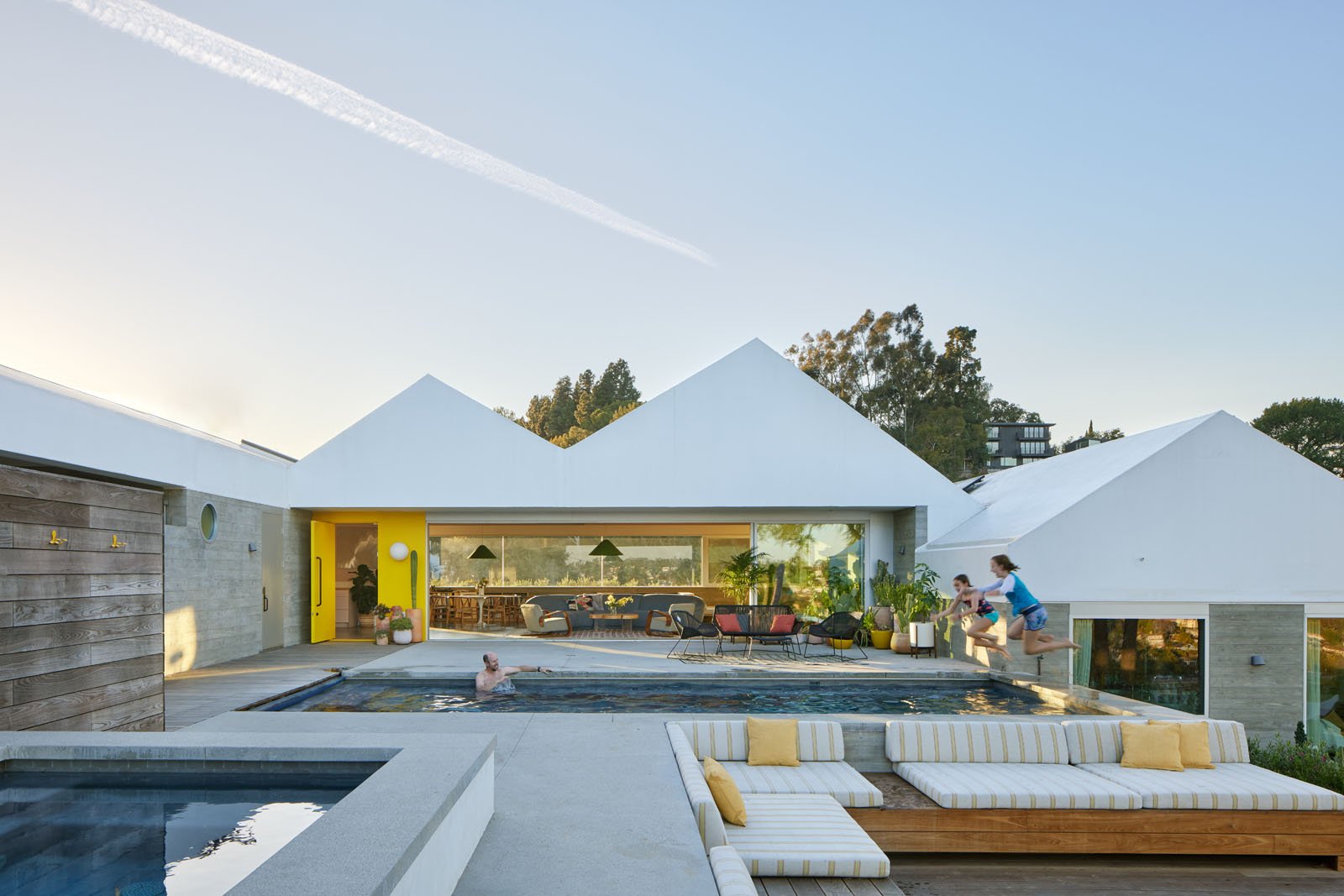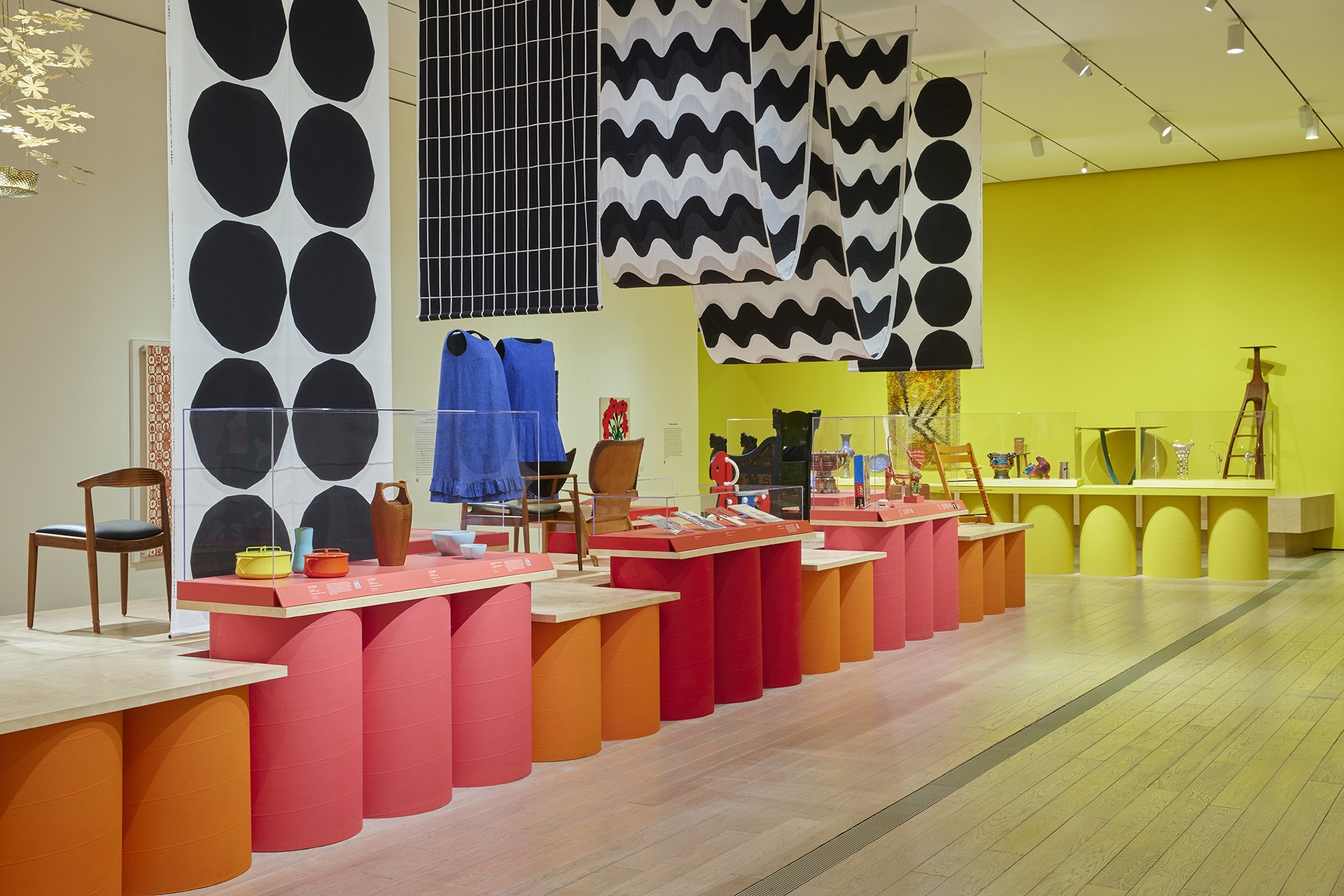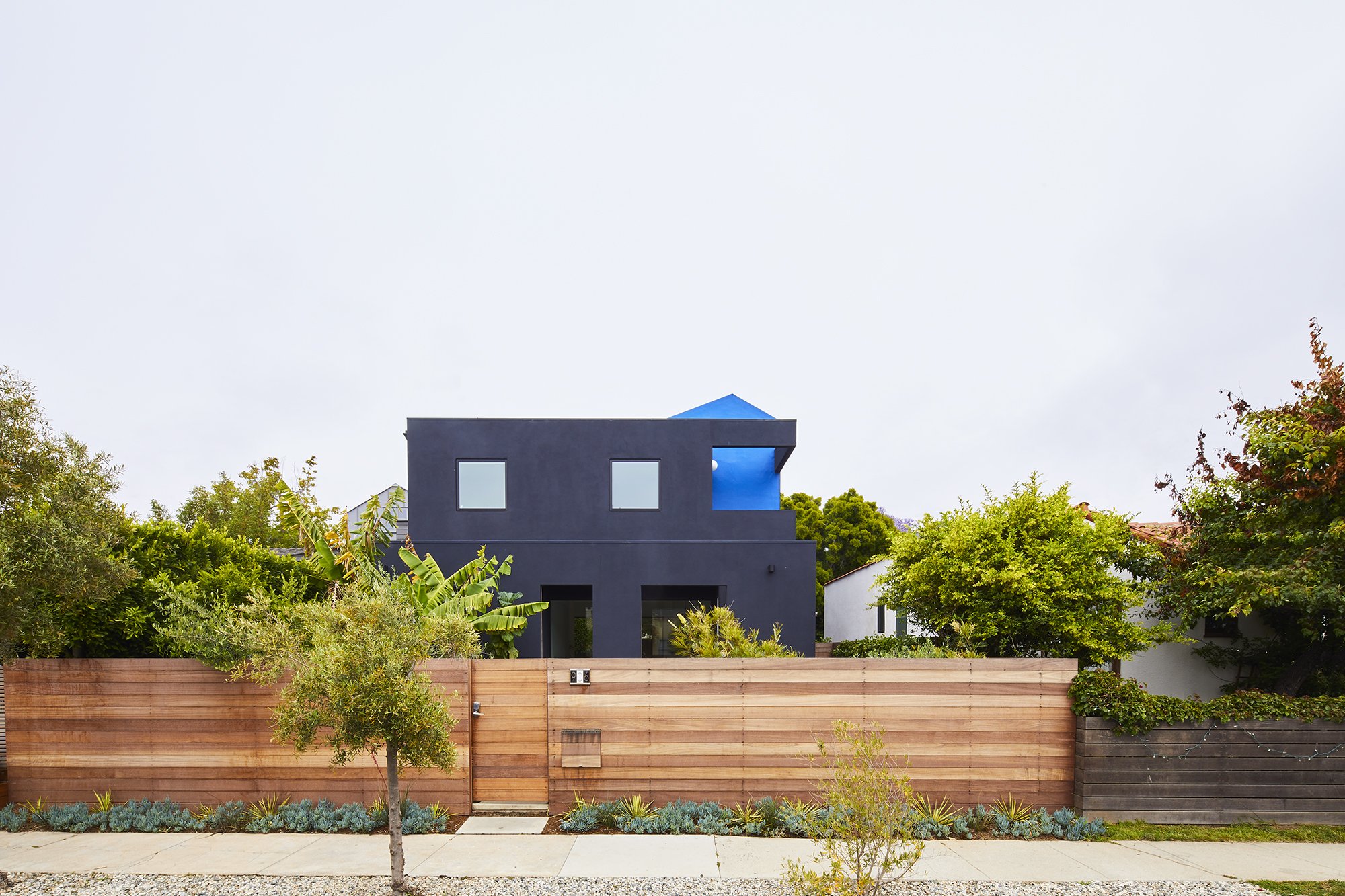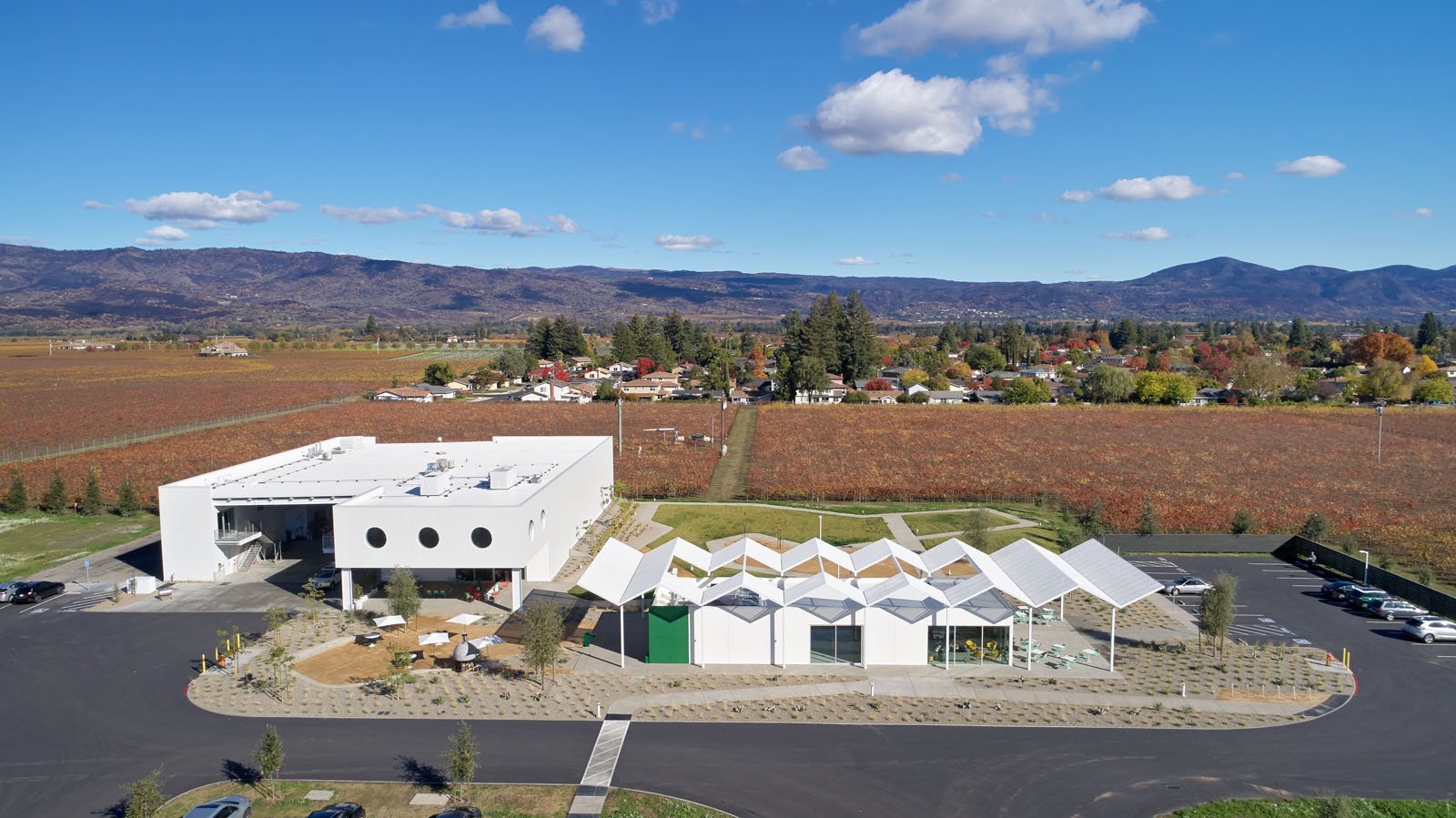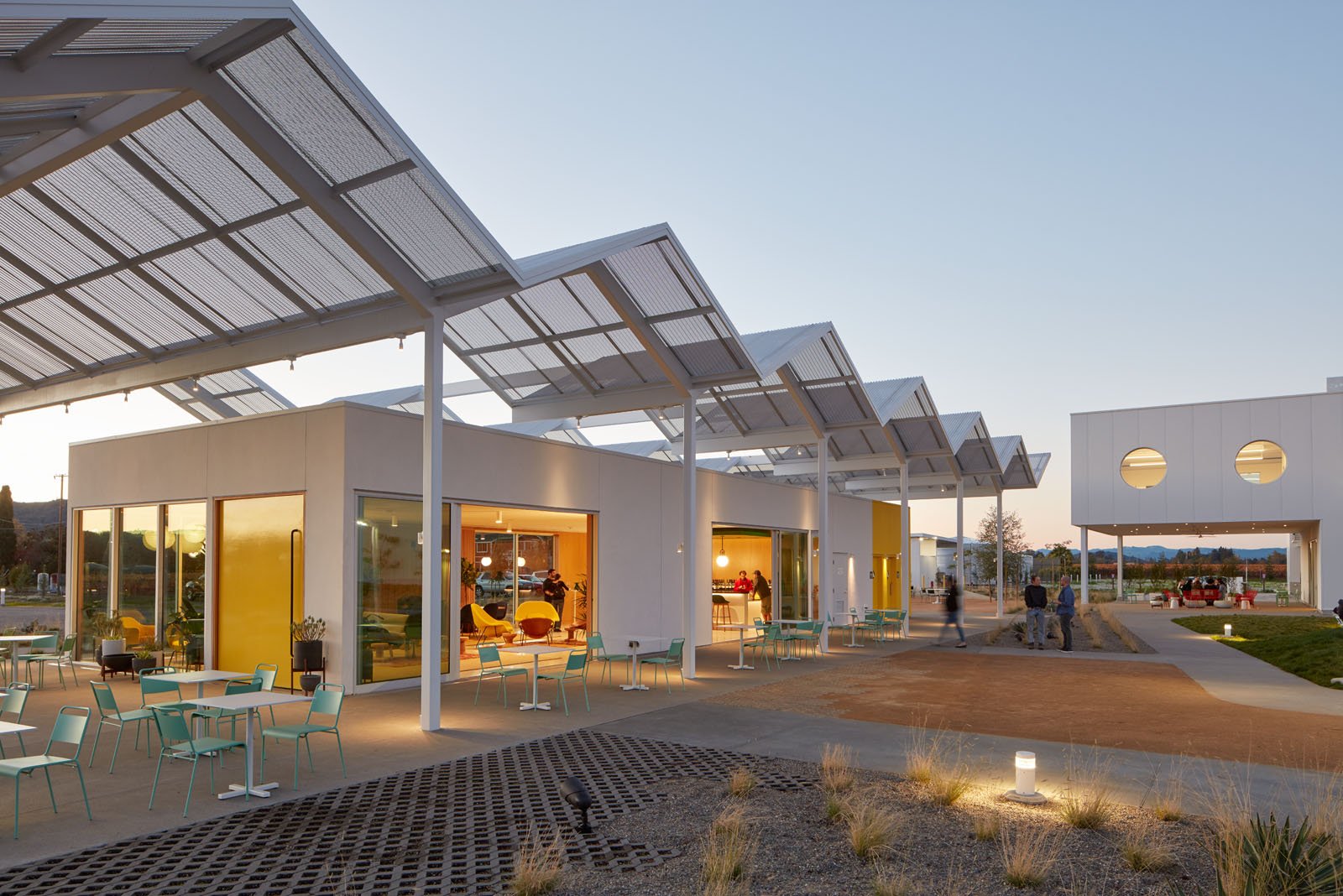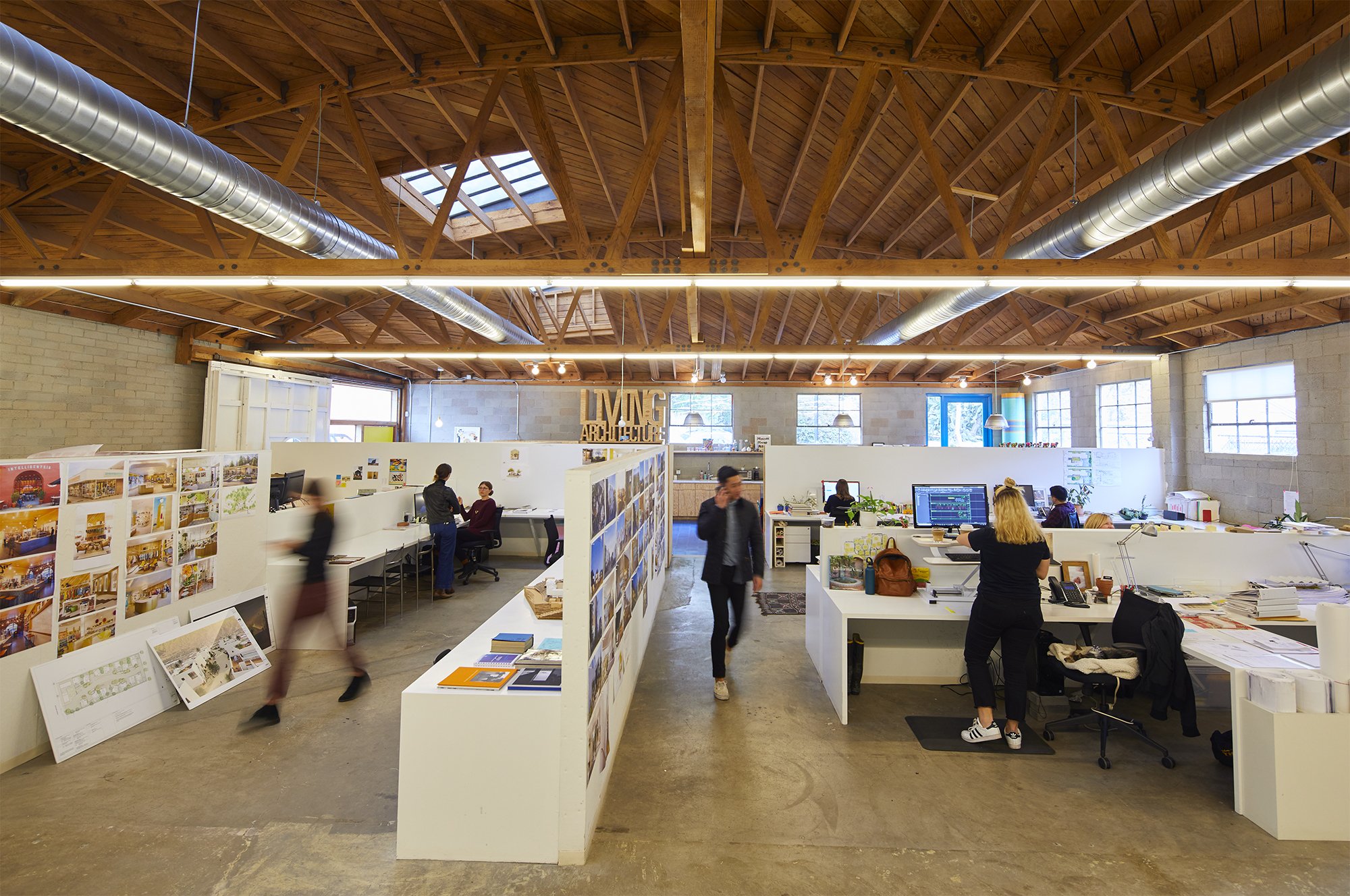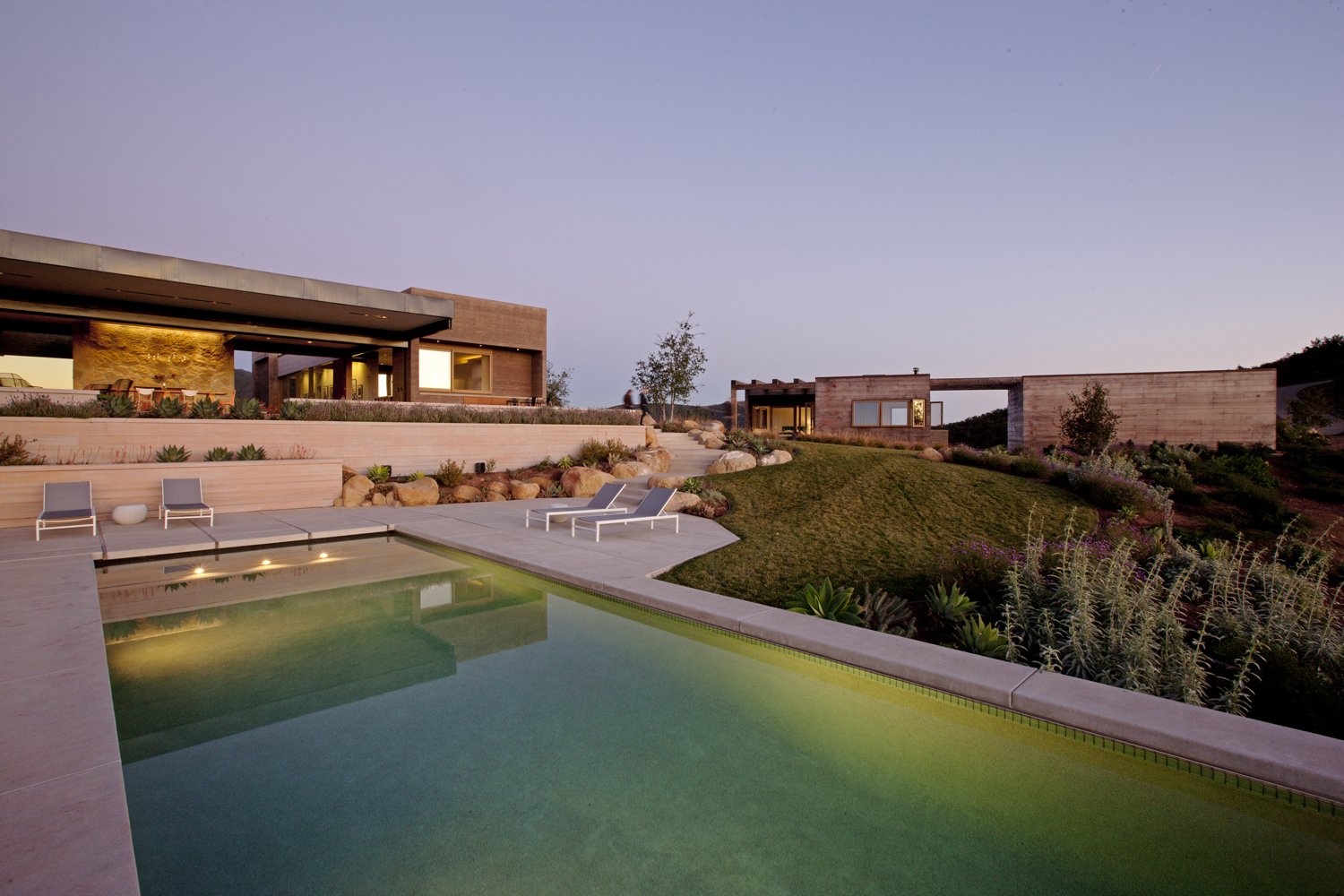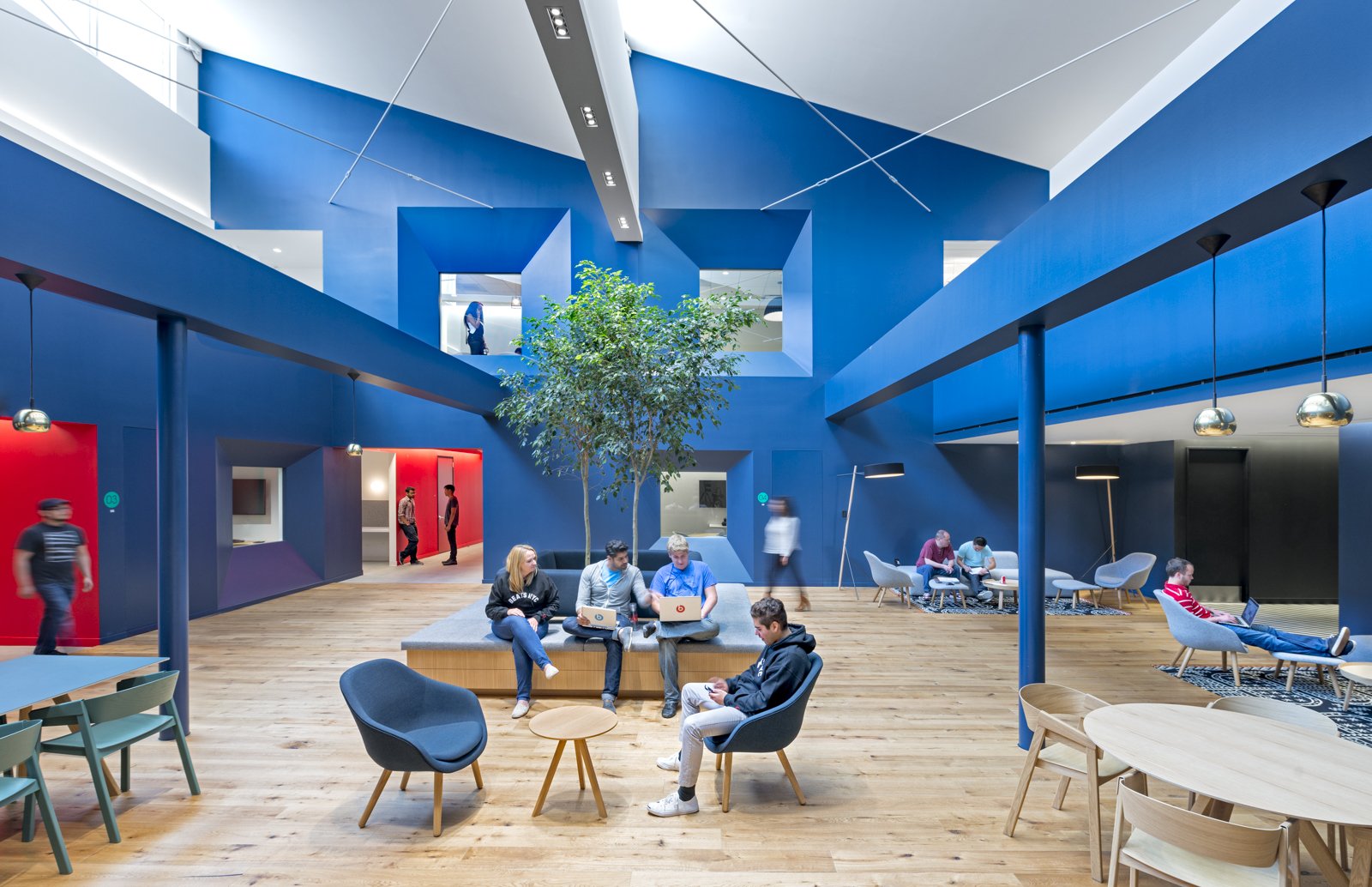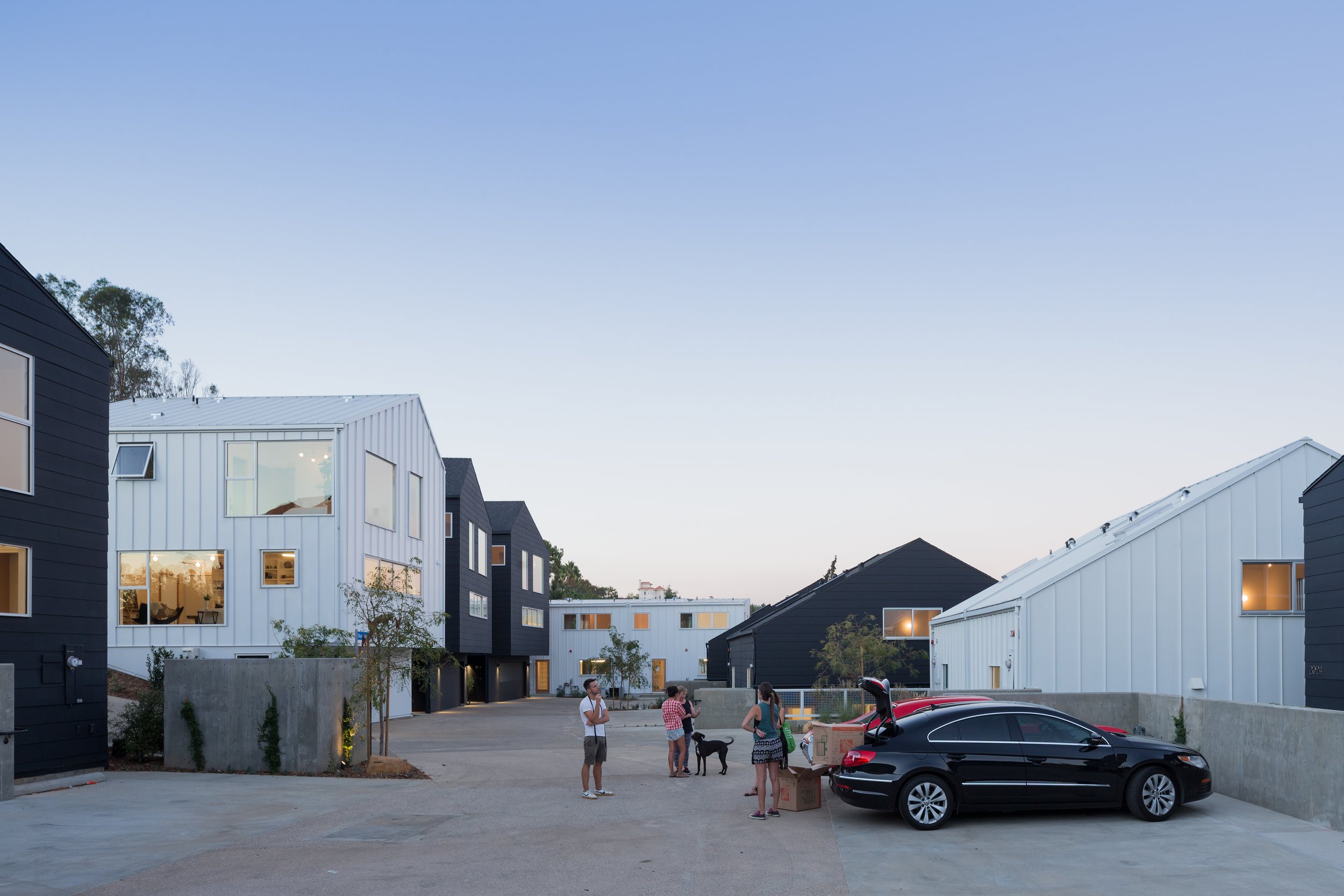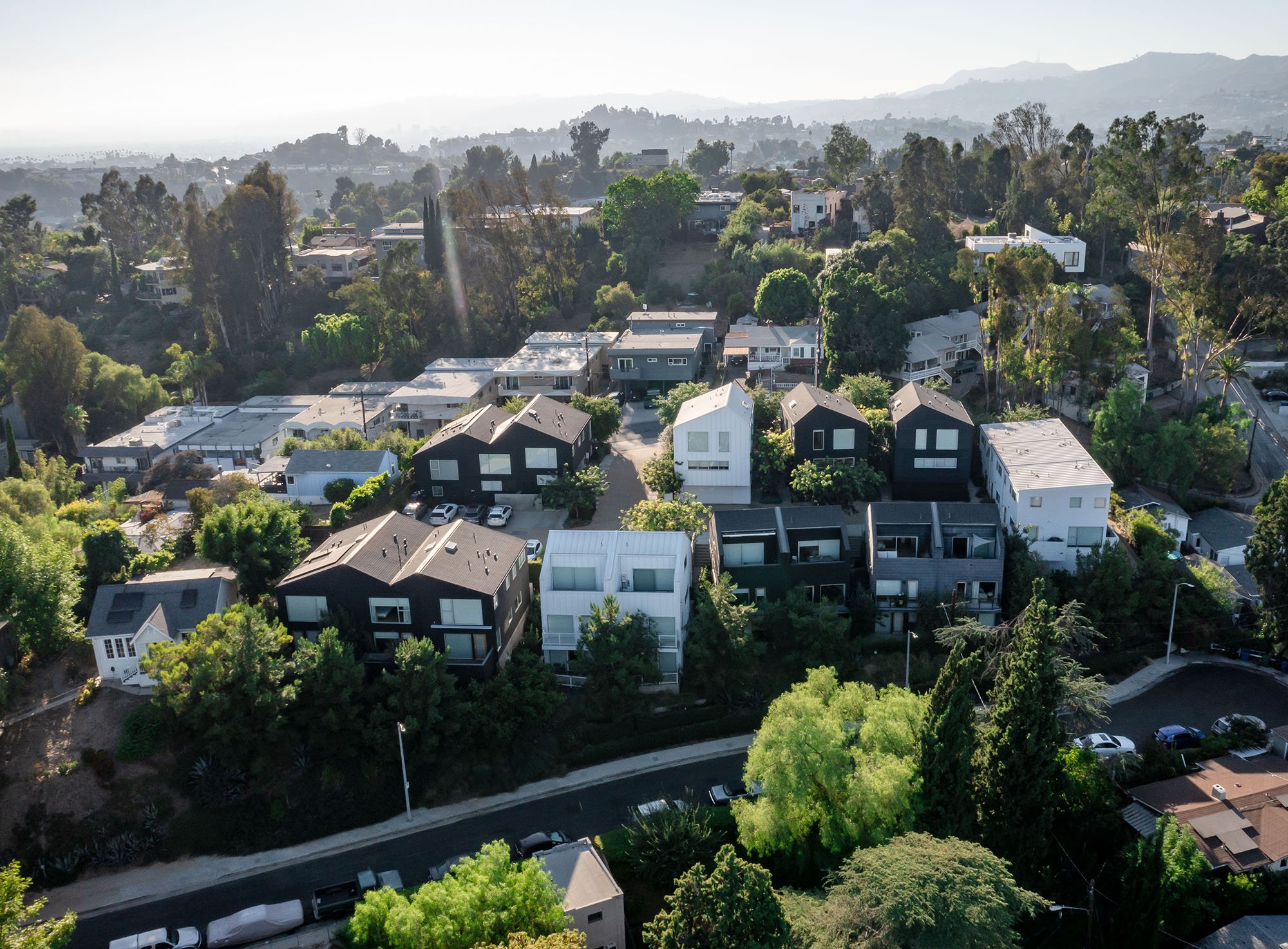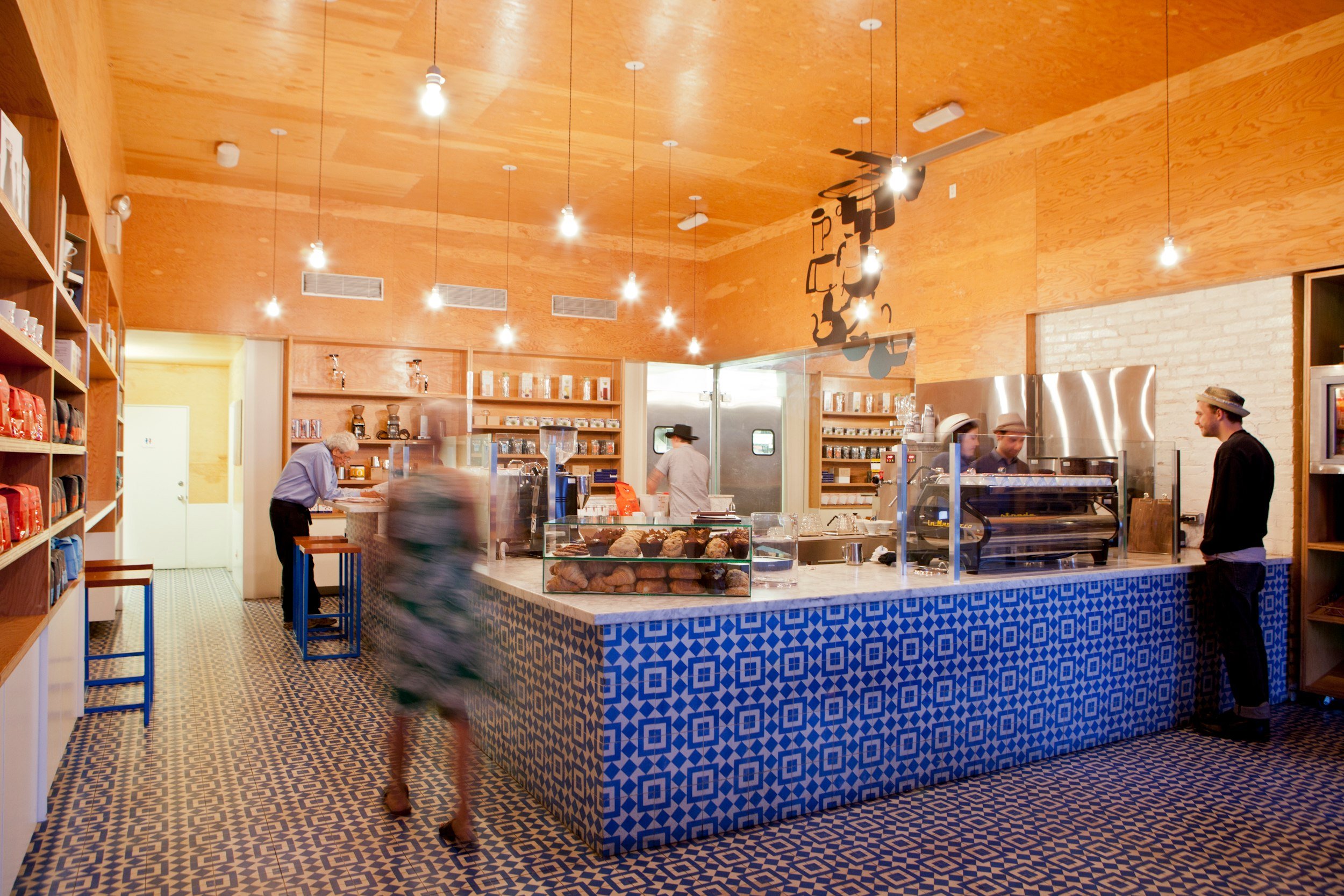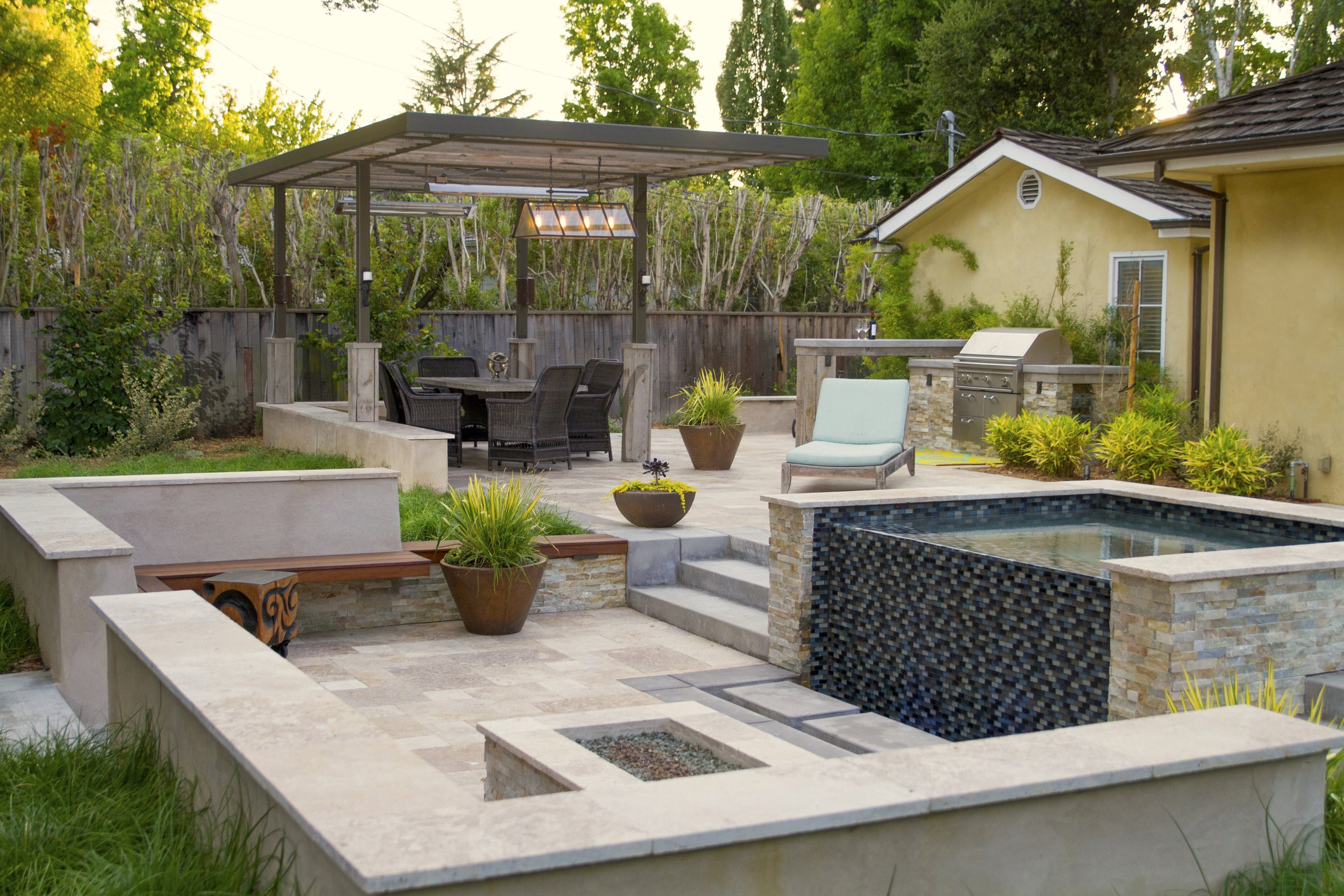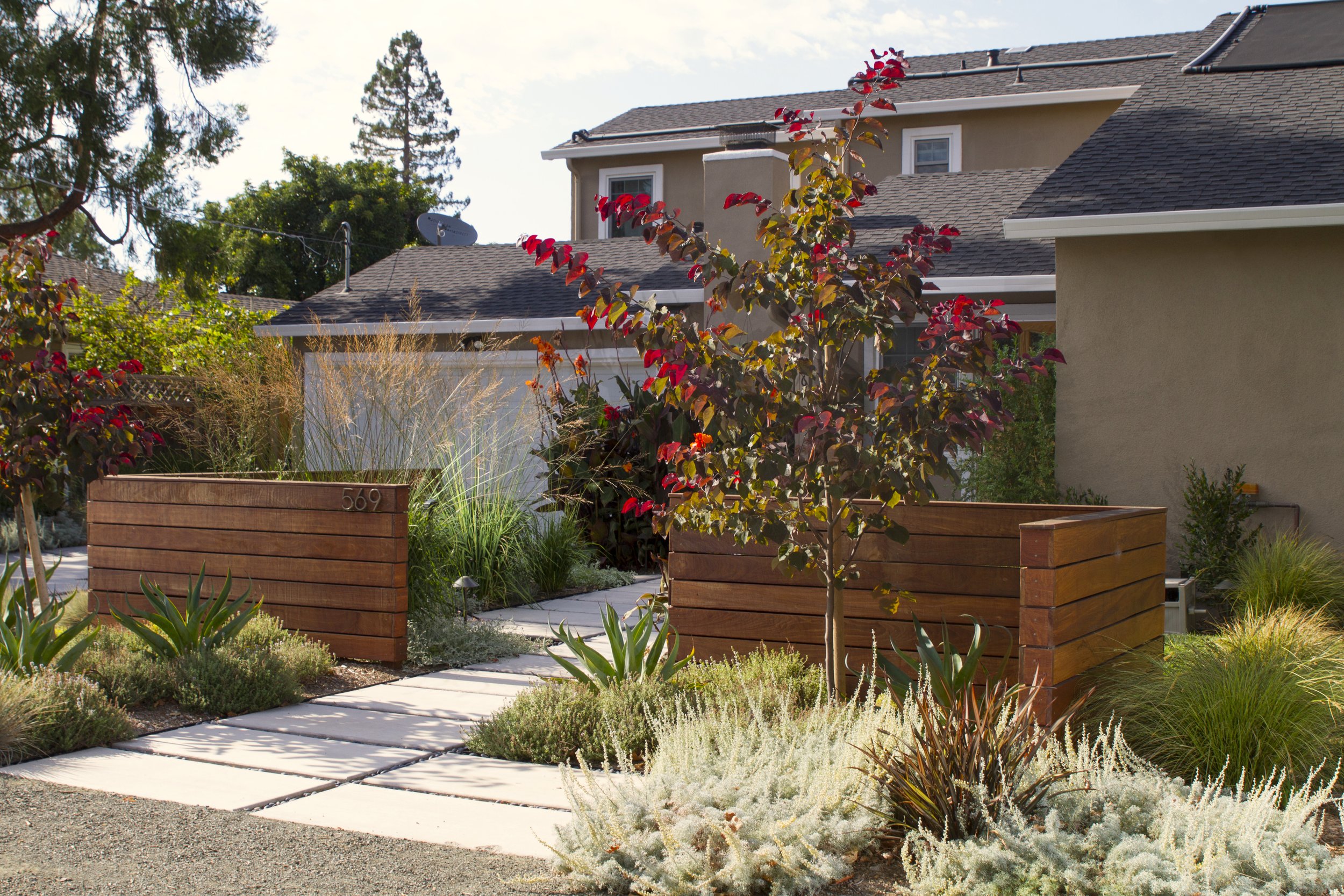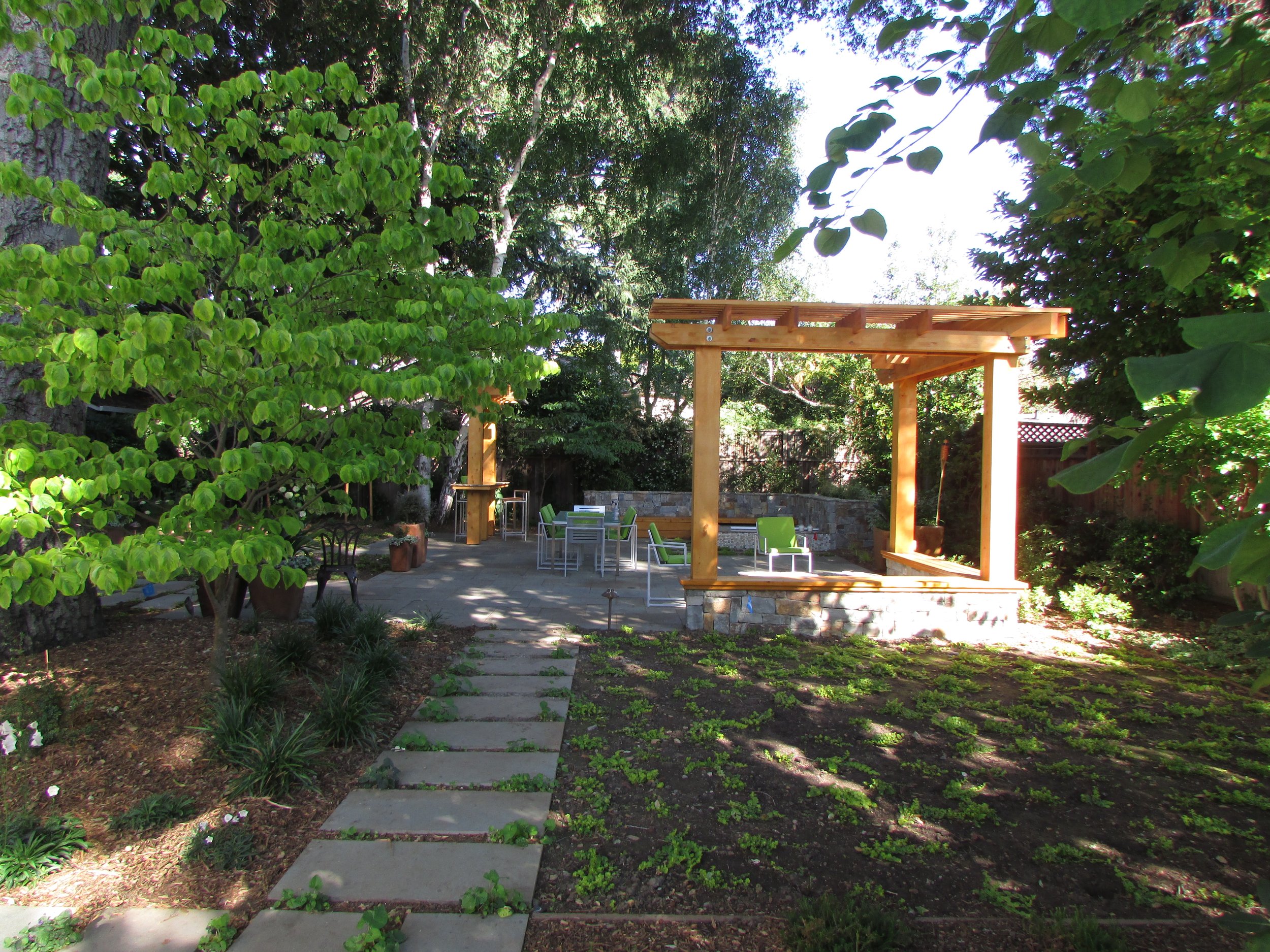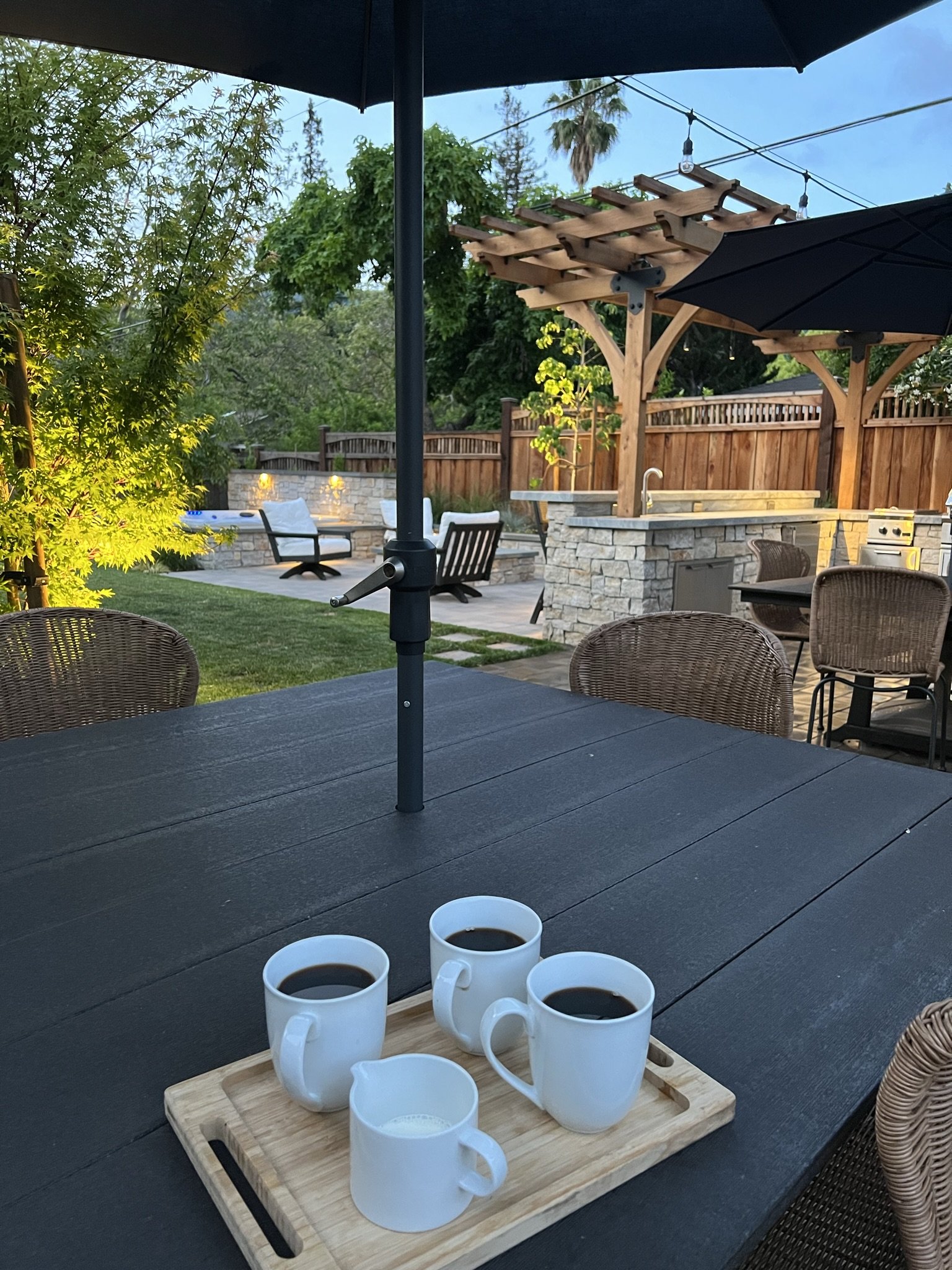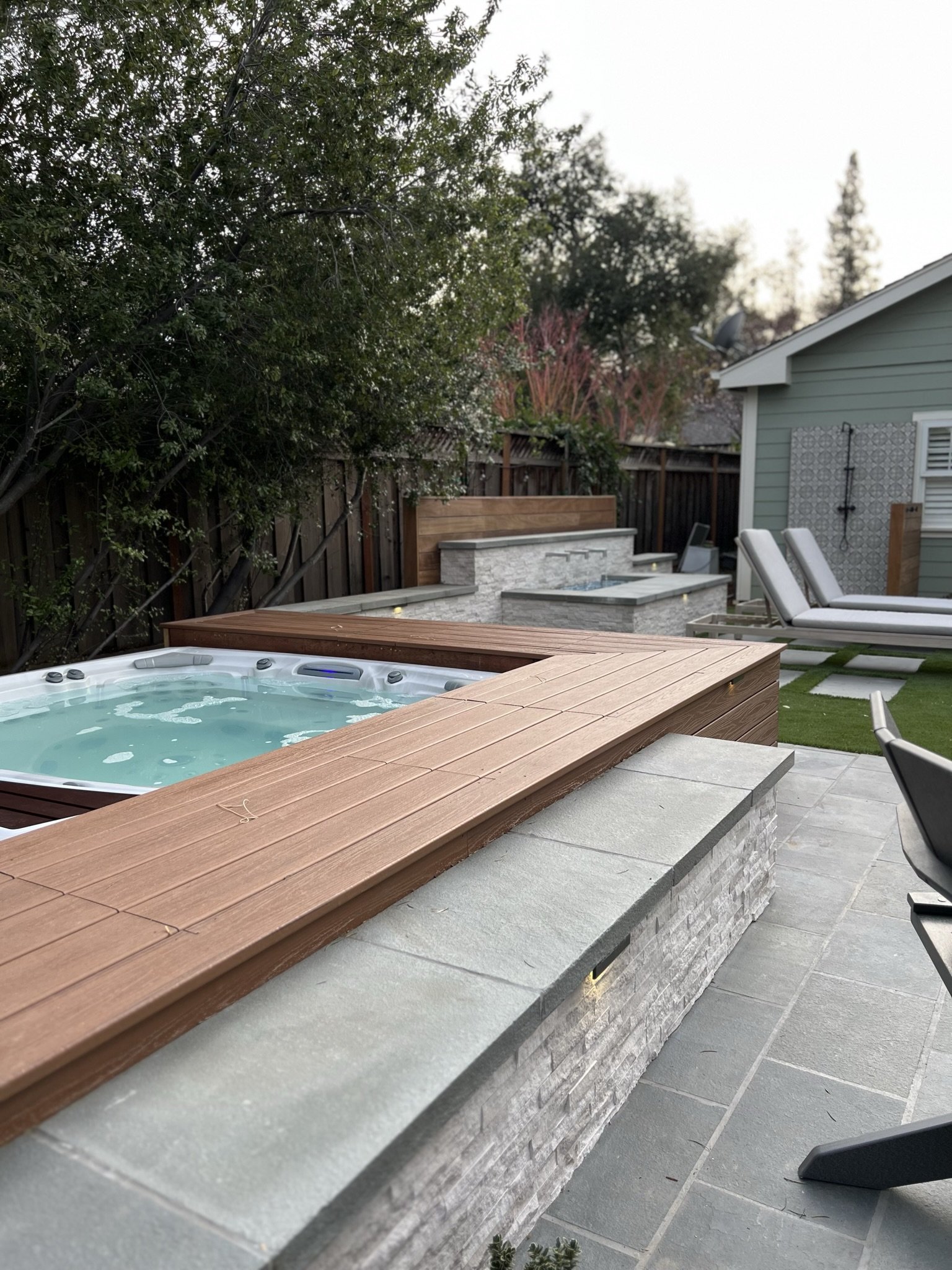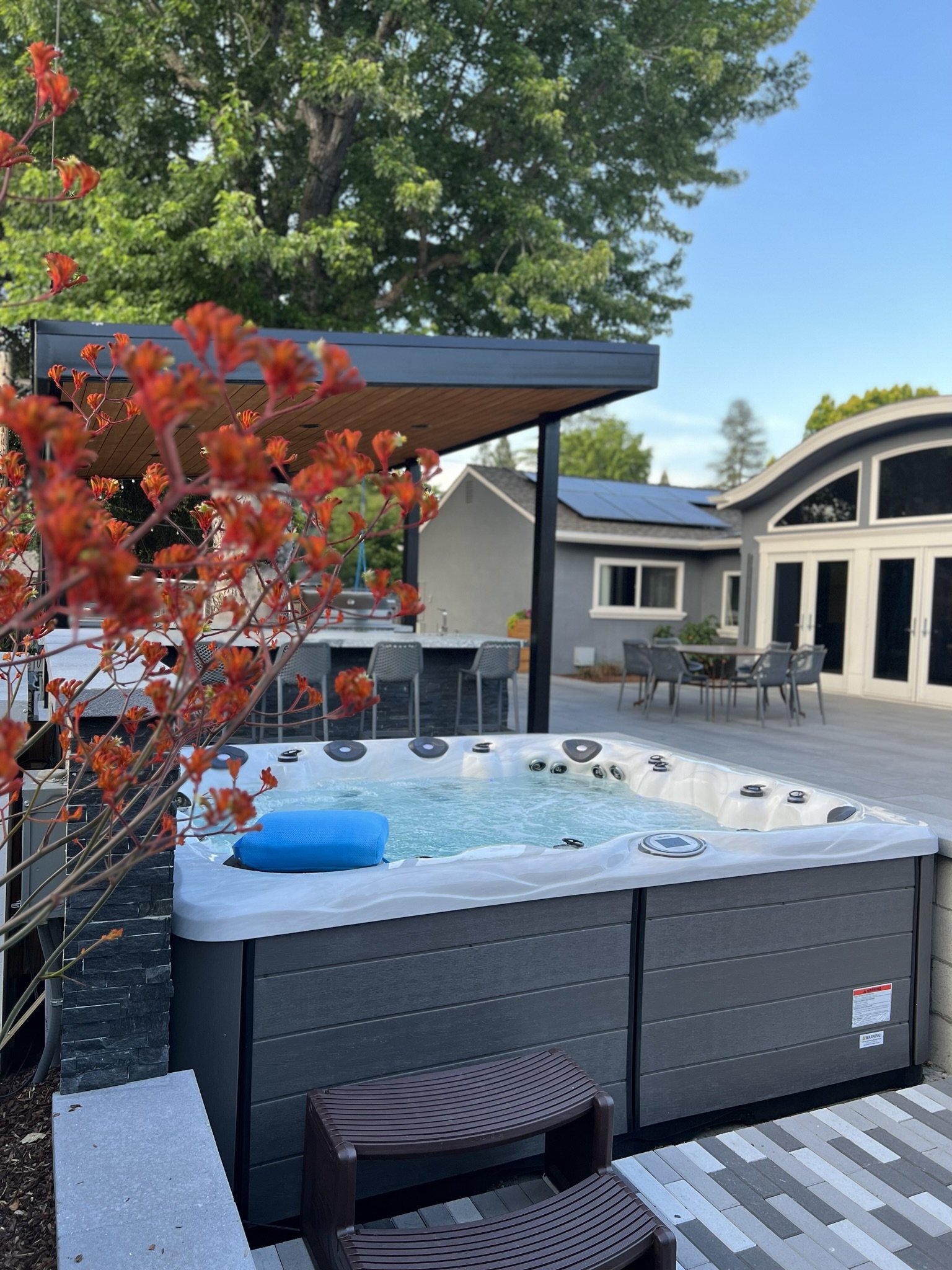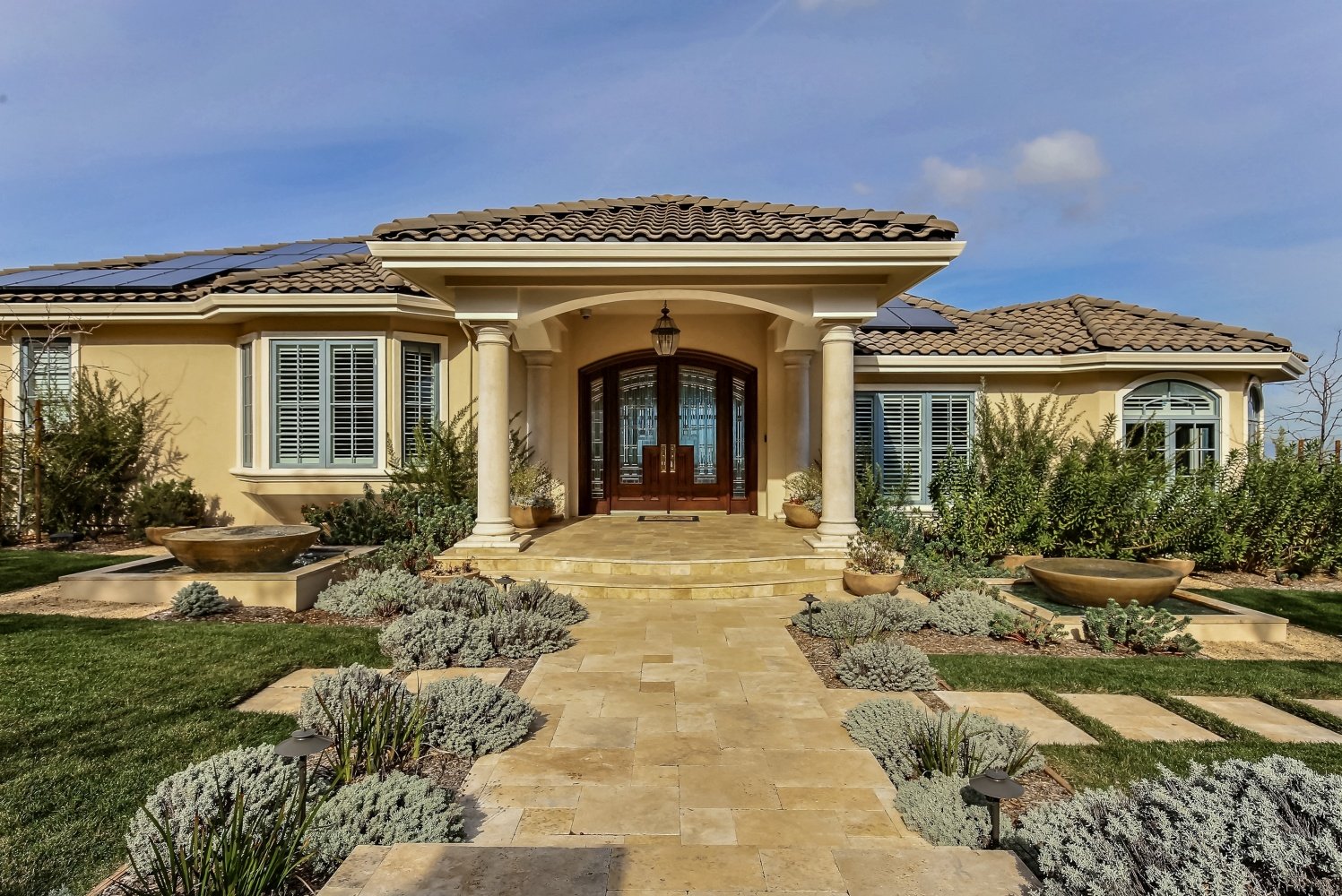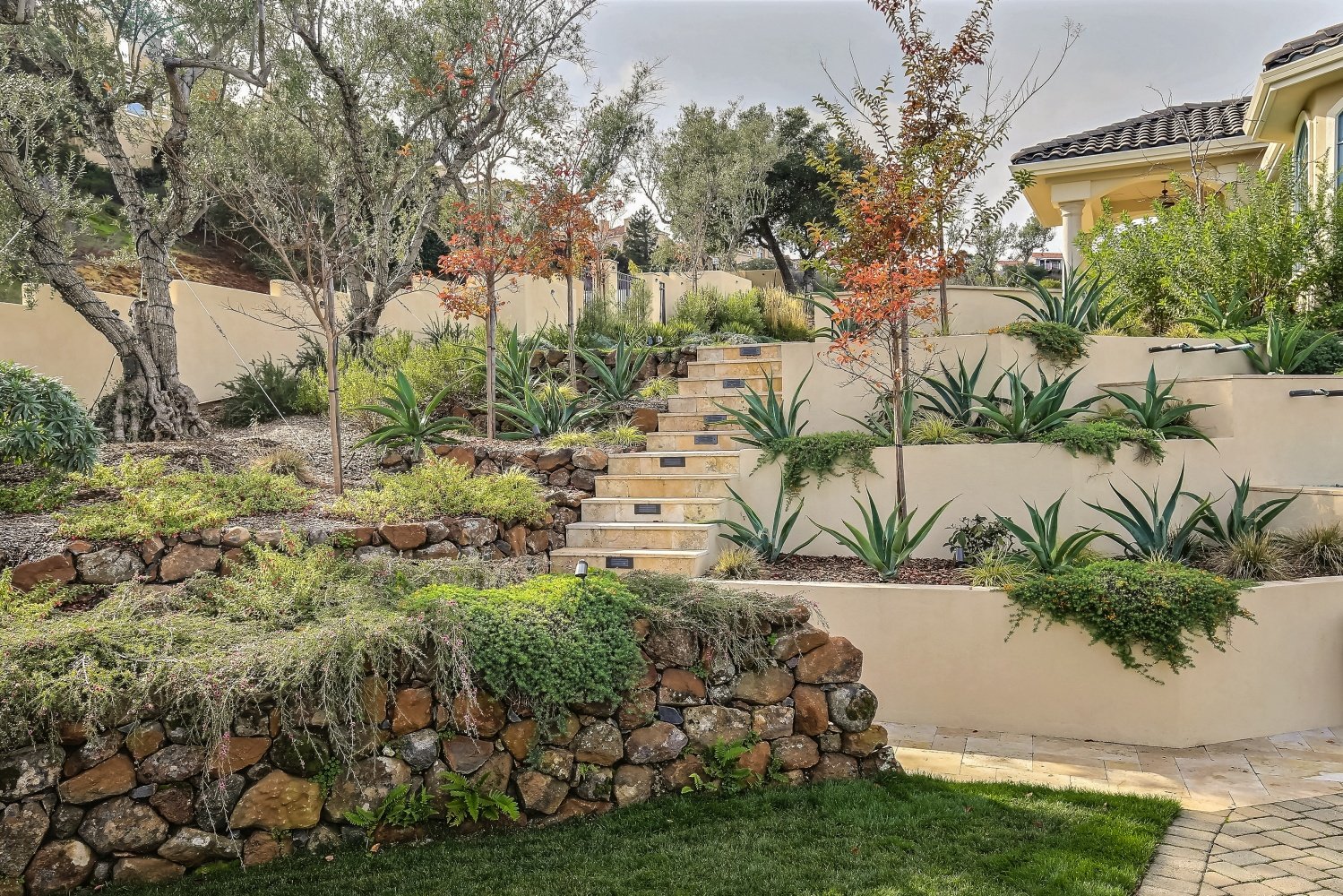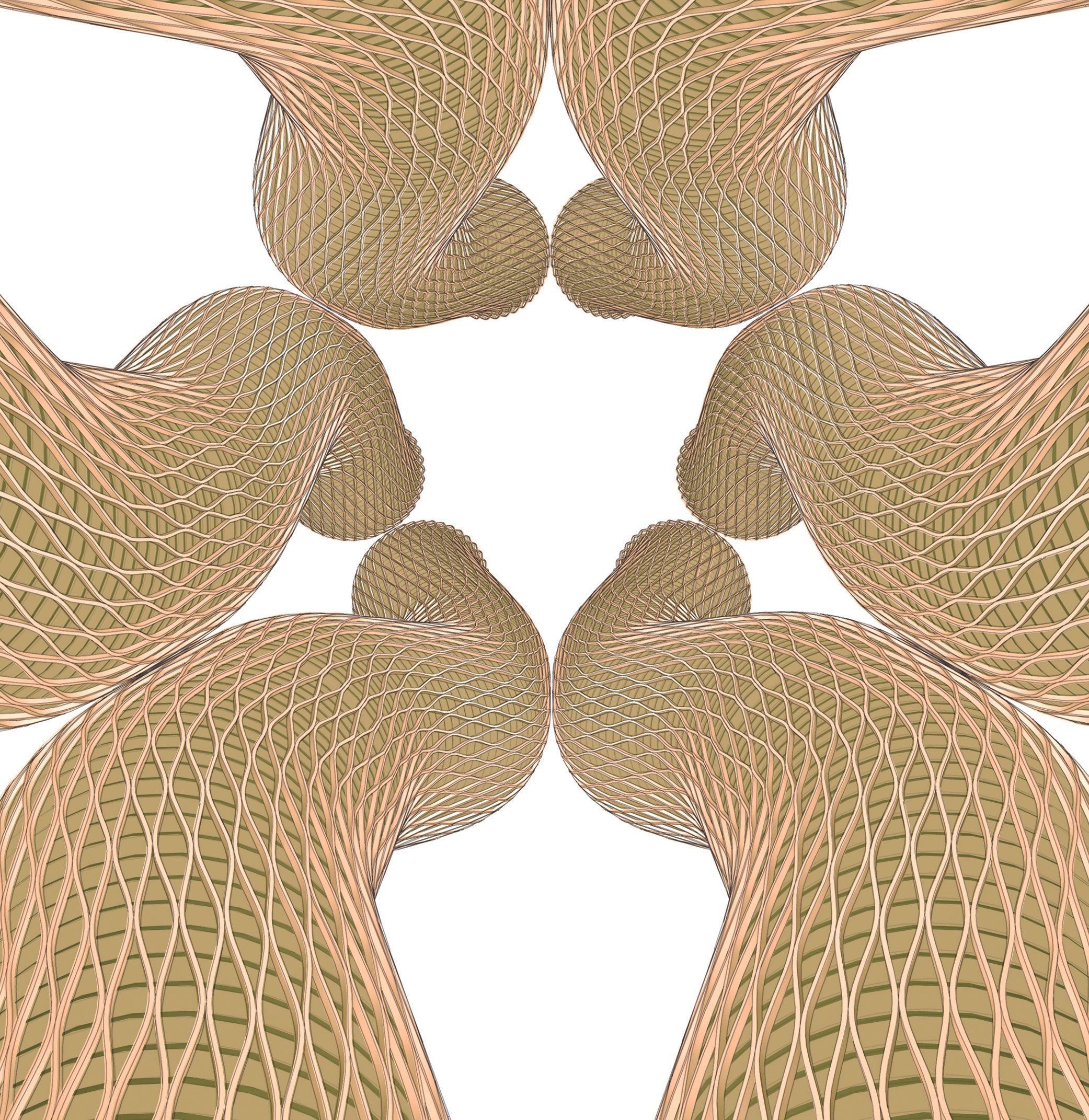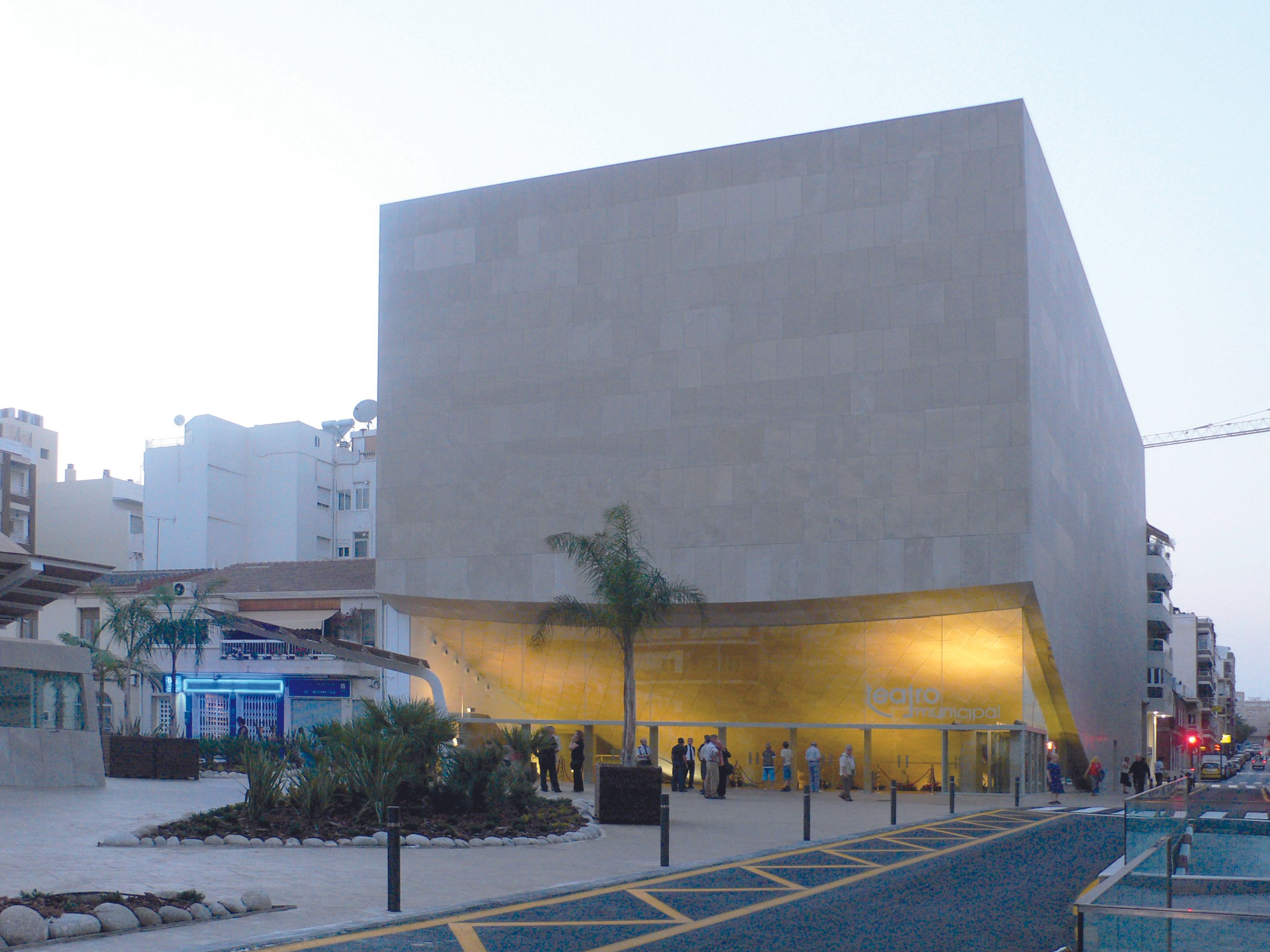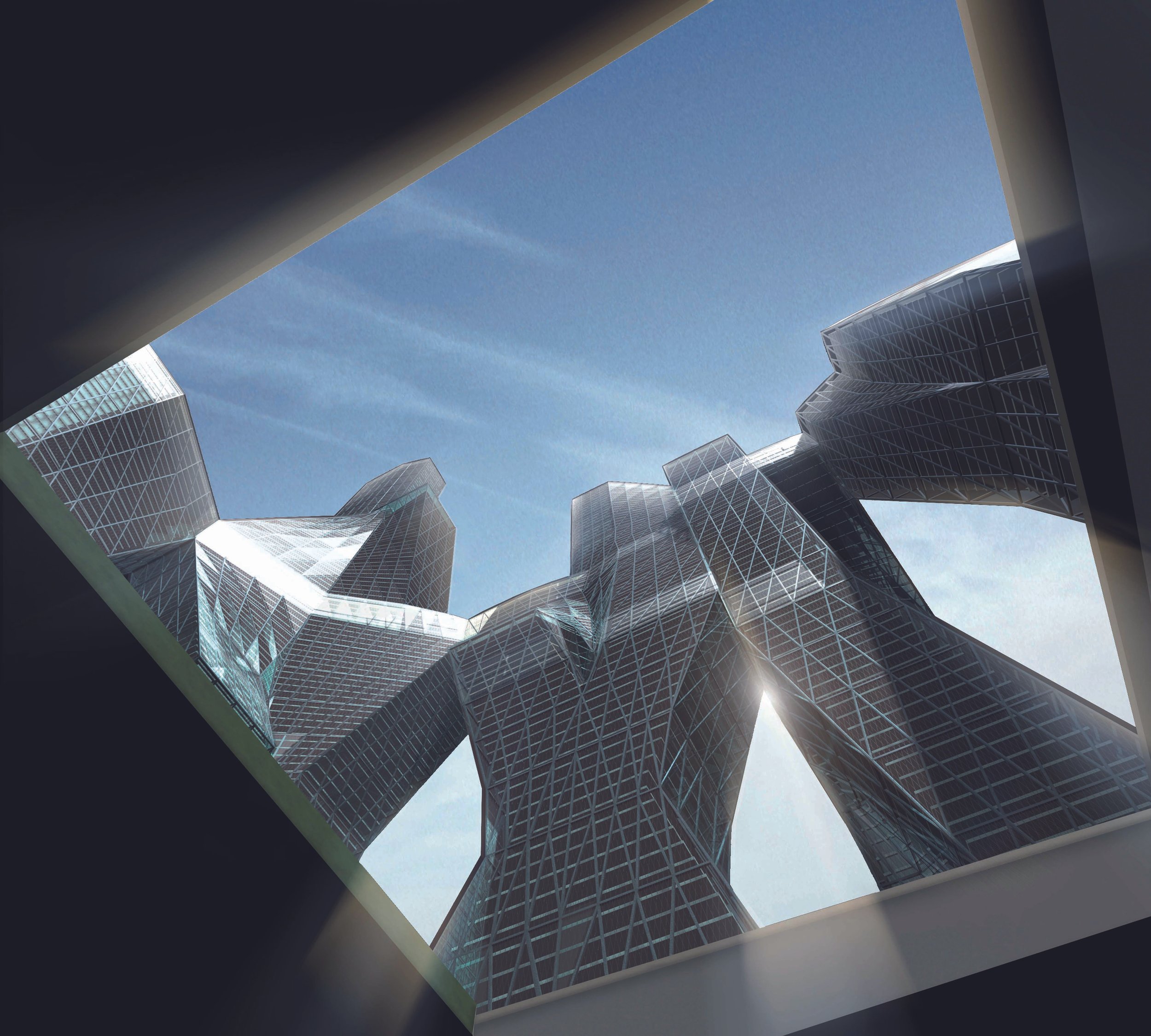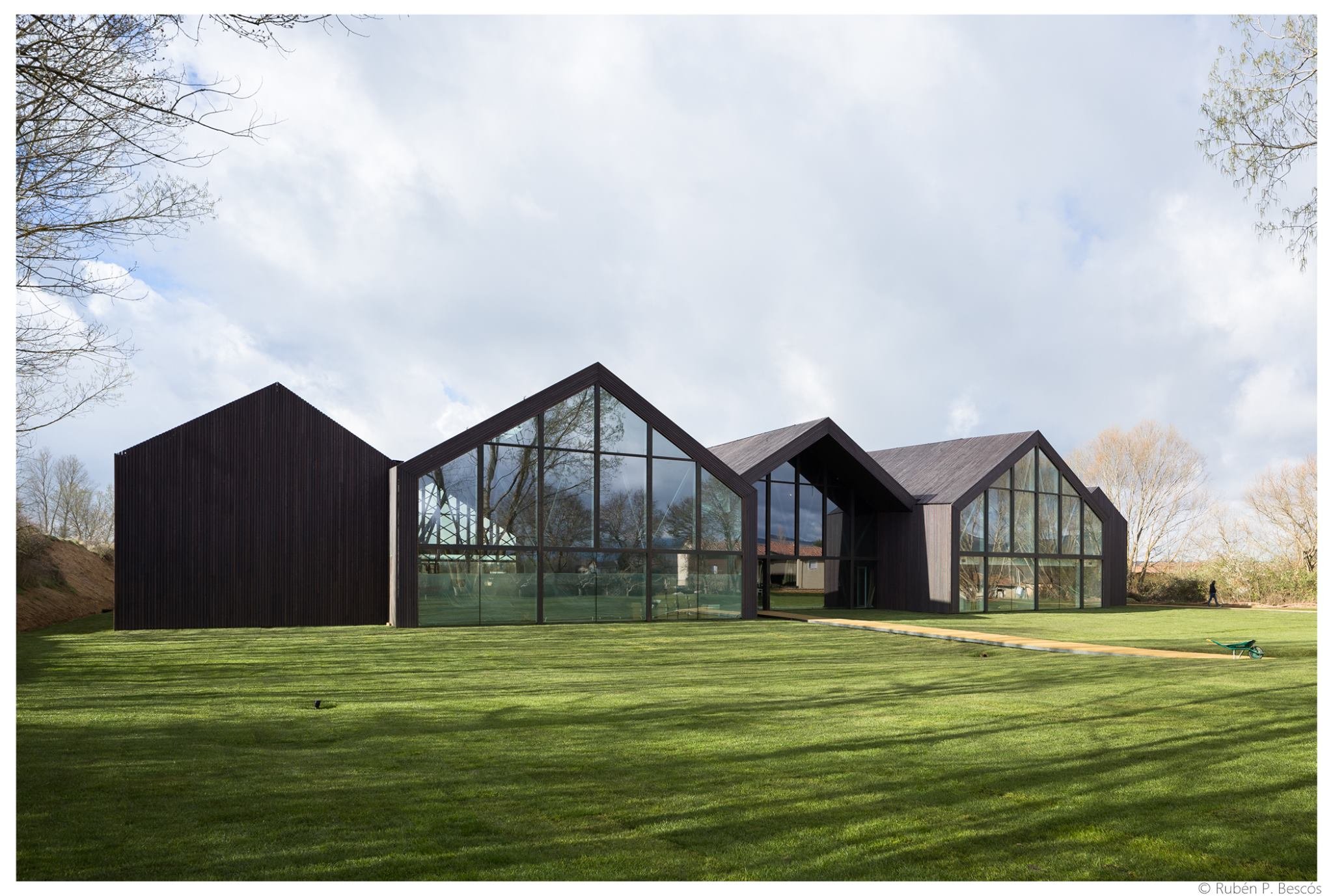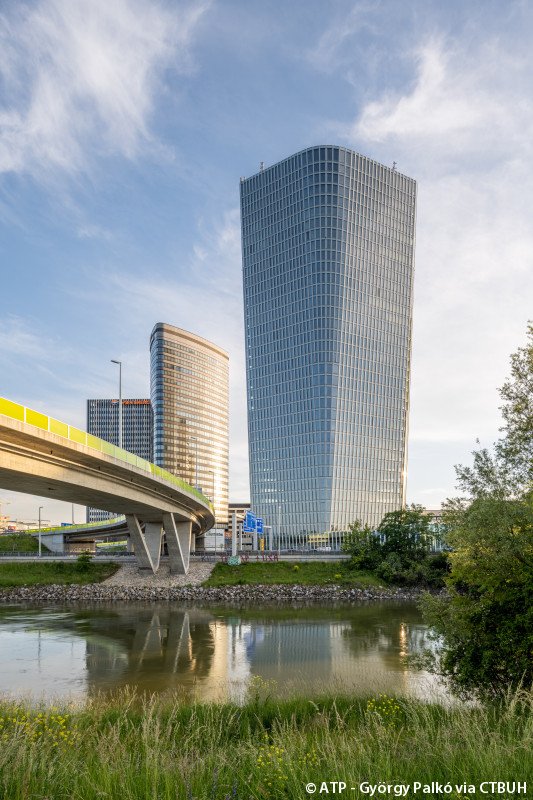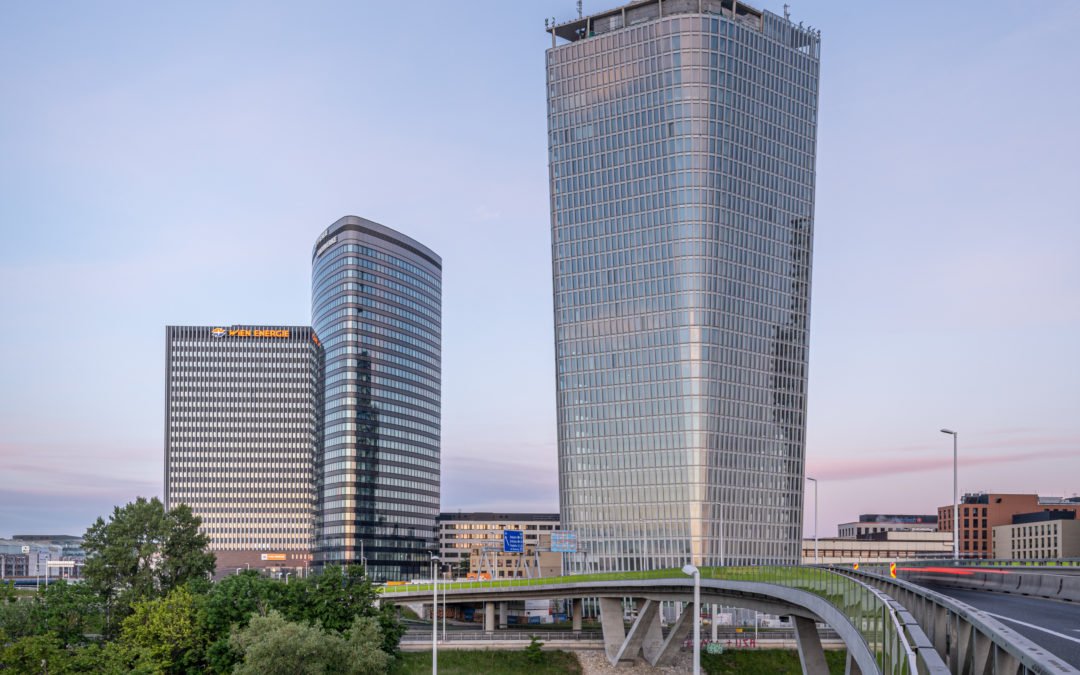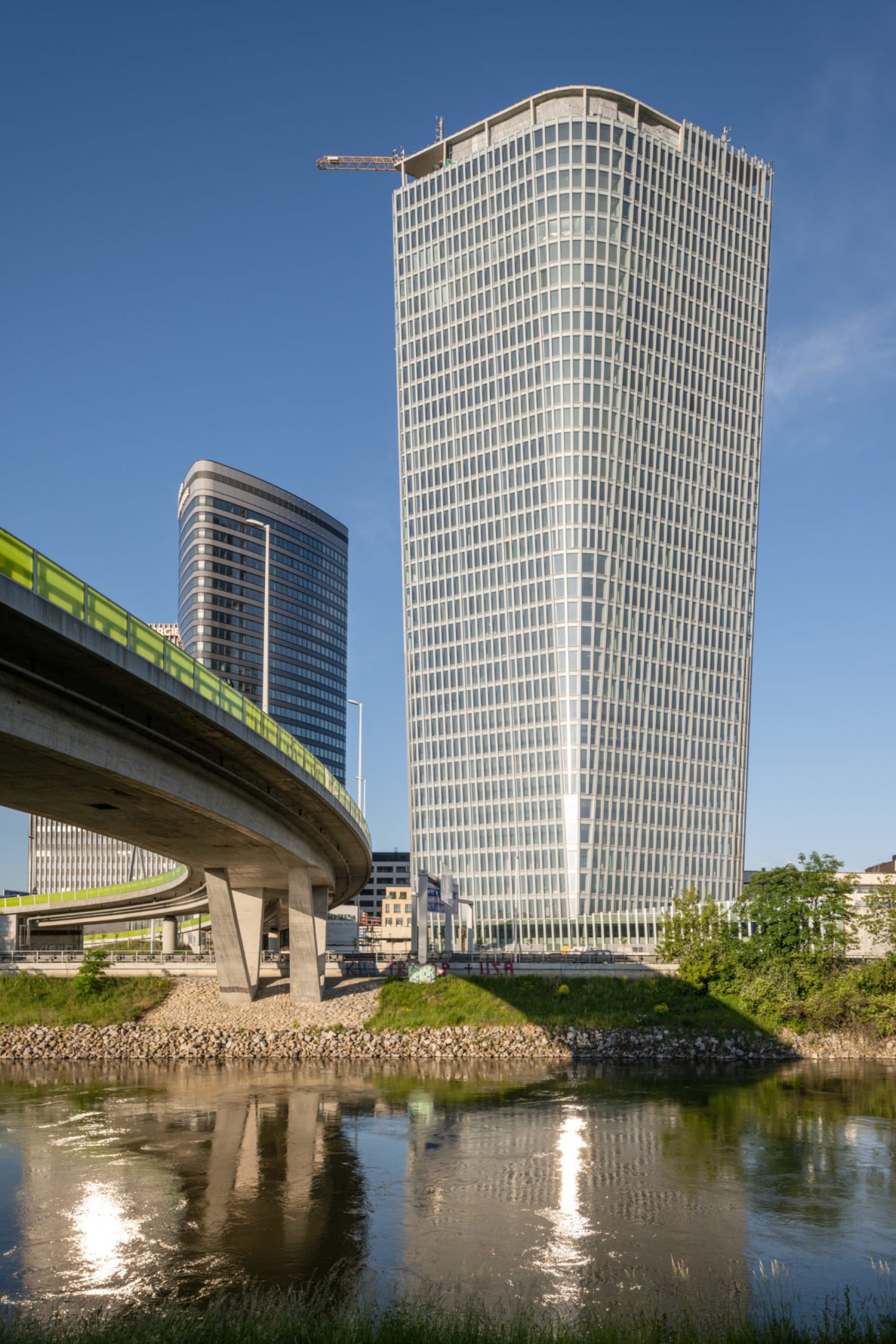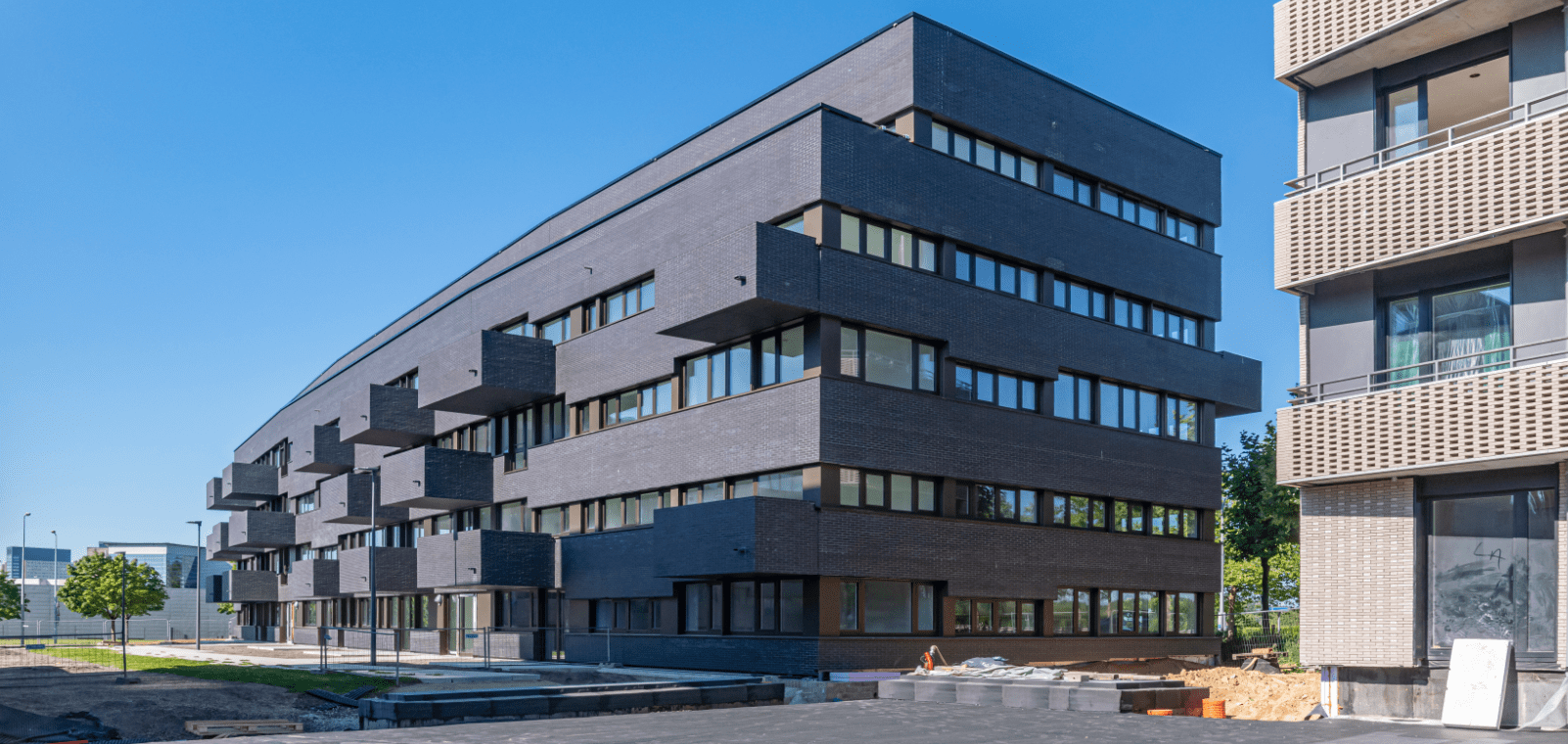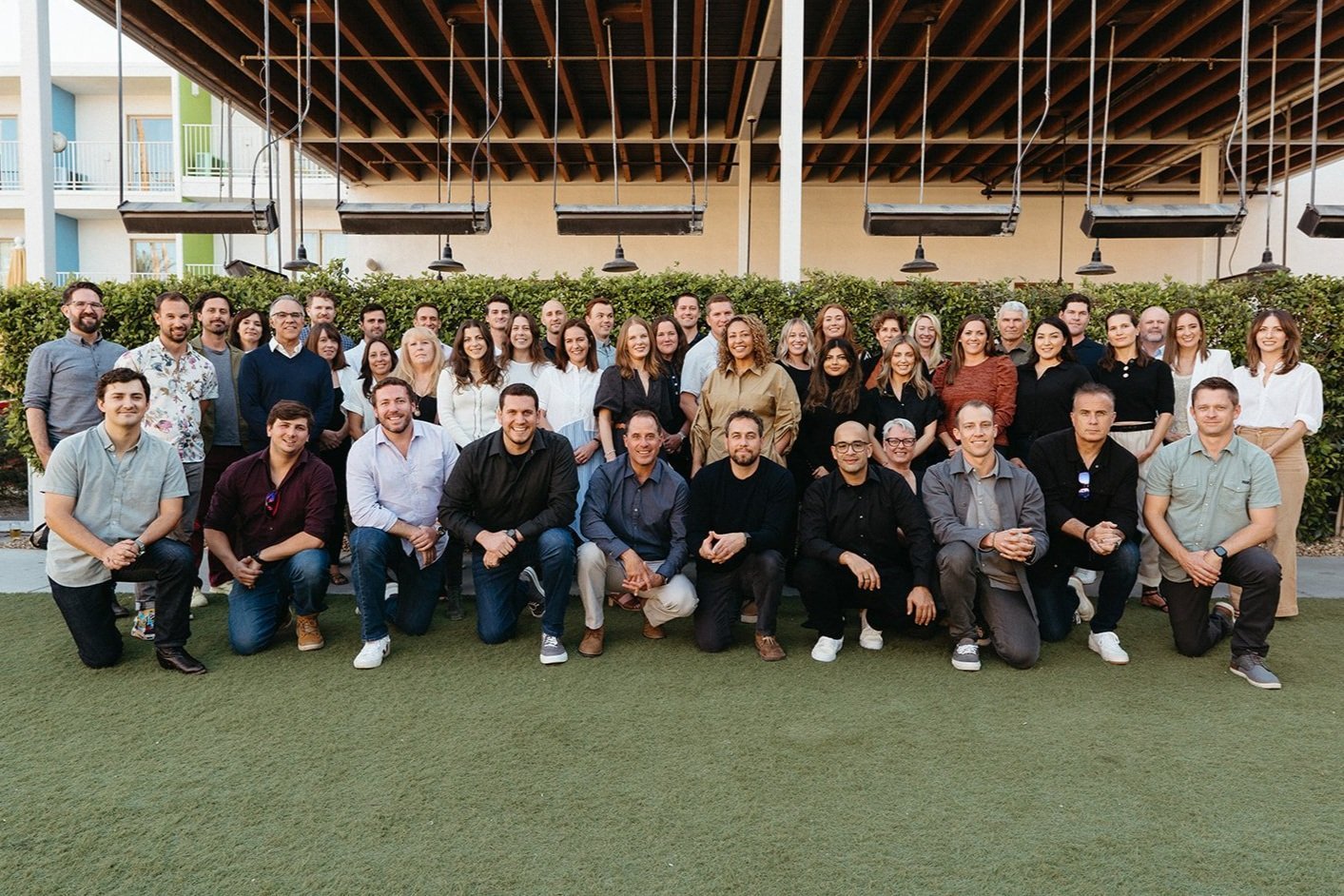#392 - BARBARA BESTOR, Principal and Founder of Bestor ArchitectureEmbedEdit
SUMMARY
This week David and Marina of FAME Architecture & Design are joined by Architect Barbara Bestor, principal and founder of Bestor Architecture to discuss her background; early introduction to the field; education and transition into professional practice; a pivotal moment solidified her design approach; the importance of layering, design concept and conceptual thinking; and more. Enjoy!
ABOUT BARBARA
Bestor Architecture is based in Los Angeles and was founded by Barbara Bestor, FAIA in 1995. Bestor’s Los Angeles-based studio is recognized for the inventive integration of architecture, urbanism, infrastructure, and landscape at multiple scales. Bestor Architecture has designed a number of award-winning projects including headquarters for Beats by Dre and Snap, Blackbirds, a new small lot housing development in Echo Park, and a variety of experimental residences and commercial establishments. The varied, creative, and aesthetically progressive body of work expands the territory of architecture into atmospheric urbanism. Recent projects include the Silverlake Conservatory of Music, which creates a vibrant musical haven by inserting an internal urban village within the shell of a classic Hollywood warehouse, Ashes & Diamonds, a new winery and event center in Napa, and headquarters for multiple high-tech firms.
TIMESTAMPS
(00:00) Background.
(05:44) Introduction to architecture.
(12:23) Studying at the AA.
(14:35) Balancing teaching with practice.
“In general, the teaching thing has to do with how the academy treats it too. You want people who are working and teaching, which I do think is a really good ethos… I’m not super pumped about the people who are only teaching… And I think it's tricky because a couple generations of that, you get pretty far away from the built environment aspect.” (21:44)
(24:51) Returning to teaching.
“What I like about being an architect and why I really like clients, too, is I just love that sort of creative… So getting an interesting problem set together and then figuring out a way to do it. I think that's just very exciting.” (28:54)
(32:15) Change in approach.
“I still think that conceptual framework is the most important thing for your project to have any discursive possibilities. But I think the conceptual framework doesn't come with a vocabulary of architecture. I think they're separate.” (41:34)
(46:48) Different layers of projects.
(55:59) Different project types.
“You don’t want to get stuck in this thing. Otherwise, suddenly it's a day job… So it keeps your mind going and excitement about learning. It's just fun. I mean, I actually like waterproofing… I like the responsibility that comes with being an architect.” (01:01:48)
(01:08:14) Favorite building.
HAVE QUESTIONS OR SUGGESTIONS?
TEXT/CALL OUR HOTLINE
213-222-6950
#390 - LUPE MONROY , Founder of Gozo Spaces
SUMMARY
This week David and Marina of FAME Architecture & Design are joined by Landscape Designer Lupe Monroe, Principal of Gozo Spaces to discuss her background; the landscape architecture profession; starting her practice; design-build landscape architecture companies; client collaboration; working with other professionals; different project types; and more. Enjoy!
ABOUT LUPE
A Bay Area Landscape designer who’s been helping clients create gozo-filled outdoor spaces for over 15 years.
(Motto): Having a good outdoor space isn’t enough. You need a space that speaks to who you are. Your outdoor space should be an extension of your home, a space that reflects your personality and lifestyle. A space that sparks GOZO.
TIMESTAMPS
(00:00) Background.
(08:45) Landscape architecture education.
(09:45) The difference between studying landscape architecture and architecture.
“To be honest, if you're outside, you need that balance of hardscape and soft scape. There is no landscape architecture without soft scape.” (12:00)
(14:49) Preconceptions of landscape architects.
(25:45) Post graduation.
(32:06) Working in industry.
(36:07) Scope of landscape architect.
“It’s from once you open the door and touch the floor. So it's the hardscape, all the paving, outdoor kitchens, walls, pergolas, sunken trampolines, infinity pools, outdoor showers, swings, hammocks, all of that.” (36:26)
(39:09) Working with architects on projects.
“I think one of the red flags to listen to is when somebody says our design is free. It just shows a lack of respect to design, a lack of pride. I'm not going to give something for free that I'm prideful for. It just doesn't make sense. There is a client for everyone, so I just think that clients need to just make sure that they understand what they're getting.” (43:10)
(50:37) Design build.
(56:11) Starting own practice.
“I think one of the hard things for me was like, I love working with teams, I love being a part of a team. So it was really hard for me, how do I become a business owner and build a team? And I think I’ve created that team through connecting with other professionals like you guys.” (01:04:39)
(01:09:20) Process.
(01:16:55) Working in other locations as a landscape architect.
(01:18:56) Ideal project types.
(01:22:06) Ideal time to bring on a landscape architect.
(01:24:35) Favorite building.
HAVE QUESTIONS OR SUGGESTIONS?
TEXT/CALL OUR HOTLINE
213-222-6950
#388 - ALEJANDRO ZAERA-POLO, Founder of AZPML
SUMMARY
This week David and Marina of FAME Architecture & Design are joined by Architect and Scholar Alejandro Zaera-Polo, Founder of Alejandro Zaera-Polo & Maider Llaguno Architecture to discuss his background; studying architecture; working at OMA; starting his own practice; winning the Yokohama Terminal Project; teaching; his time at Princeton University; contemporary academia; and more. Enjoy!
ABOUT ALEJANDRO
Alejandro Zaera-Polo graduated from the Escuela Técnica Superior de Arquitectura de Madrid with Honors in 1988 and obtained an MARCH2 degree from Harvard GSD with Distinction in 1991. He worked at OMA in Rotterdam prior to establishing first FOA in 1993, an international award winning practice that built projects such as the Yokohama International Cruise Terminal in Japan and participated in projects such as the Ground Zero competition in New York, and the London Olympics masterplan. In parallel to his professional activities, Alejandro Zaera-Polo has developed a substantial role within academia. He was the Dean of the School of Architecture at Princeton University and was the Dean of the Berlage Institute in Rotterdam. He was a Visiting Professor at Princeton University and the inaugural Norman R. Foster Visiting Professor at Yale School of Architecture. Alejandro is currently Professor of Architecture at the School of Architecture in Princeton University as well as the co-director of the Seoul Architectural Biennale 2017. He has published extensively in El Croquis, Quaderns, A+U, Arch+, Volume, Log and many other international magazines and is a member of the London School of Economics Urban Age project. He published Sniper’s Log, a compilation of his most relevant writings and is currently working on the book the Ecologies of the Envelope. The work of Alejandro Zaera-Polo has been widely published and exhibited. It represented Britain at the 8th Venice Architecture Biennale in 2002; he has received the Enric Miralles Prize for Architecture, seven RIBA Awards, the 2004 Venice Architecture Biennale Award, and the Charles Jencks Award for Architecture.
TIMESTAMPS
(00:00) Background.
(05:36) Architecture education.
“On average, when I was there, people took approximately 12 years to finish because [school] was very difficult and people didn’t pass very often… So the default condition is that you failed basically.” (07:42)
(30:50) Working at OMA.
(39:22) Starting a practice.
“The idea of people from different cultures coming together and talking about one issue but having, in a way, the freedom to not having to comply with certain, orthodoxies, or etiquettes, is liberating.” (41:00)
(49:55) Yokohama Terminal Project.
(57:56) Technology in architecture.
“I always think that every technology has certain drawbacks, but generally speaking, I think you are enabled rather than disabled by these tools.” (58:23)
(01:06:37) Teaching.
(01:18:38) Princeton University.
“I thought that actually what the School of Architecture could do for the university was to try to develop some sort of middle ground, because I believe that architecture, one of the things that it does is that it it mediates between the hard science or the technologies and the humanities. So that's how I saw the kind of shift towards a more scientific or more technically driven program.” (01:26:32)
(01:54:20) Cultural impact on academia.
“I don’t dislike Liz’s work, it’s not a negation of her work or her capacity, but think Diller Scofidio Renfro are the perfect embodiment of the woke spirit because it's an office made by a black man, a Jewish woman, and a gay guy. So every form of difference is embodied in the practice. I think that is one of the reasons for their success, because they were some of the earlier people who realized that there was potential in exploiting these identity politics to thrive.“ (01:56:30)
“Back then, I thought that there needs to be a certain affirmative action. I now think it shouldn’t. I think that things should not be based on identity ever. That has been a certain radicalization on my part.“ (01:57:50)
(02:20:09) Favorite building.
HAVE QUESTIONS OR SUGGESTIONS?
TEXT/CALL OUR HOTLINE
213-222-6950
#386 - GRANT BOWEN, CEO & Founder of Peak Projects an Owner’s Representative Company
SUMMARY
This week David and Marina of FAME Architecture & Design are joined by CEO & Founder of Peak Projects, Grant Bowen, to discuss how clients can have a successful project, Grant’s background; the role of an owner’s representative throughout design and construction; working with clients and different professionals; construction costs; fees; different project types; and more. Enjoy!
ABOUT GRANT
Grant has spent his entire professional career managing high-end residential projects for clients in North and Central America. He began his career at one of the Bay Area’s most prominent family offices, where orchestrating and protecting the interests of the principals was paramount. That experience featured Grant’s development of effective and efficient frameworks for establishing clear expectations, hiring the most capable team members, and facilitating exceptional communication and execution throughout the planning and building process. Grant then translated his experience, creativity, rigor, and service to the broader market by starting Peak Projects in 2014. Under his leadership, Peak has steadily grown, reflecting an expanding portfolio, while building a reputation as both an innovator in the industry and trusted advisor to exceptional projects globally.
A Michigan native, Grant earned his undergraduate degree at Brown University, where he pole vaulted on its NCAA Division I Track & Field team. Outside of Peak, Grant enjoys snowboarding, mountain biking, boating and spending time with friends and family. He currently splits time between the Bay Area and Tahoe with his wife and three boys.
TIMESTAMPS
(00:00) Introduction.
(07:54) Peak Projects.
“Traditionally, architects played the role [of the owner’s representative] and I think there can be conflicts sometimes, between the architect and the GC. I think it really makes sense to have someone in the owner’s seat just to mitigate any conflicts that the contractor might have of managing their own work or with the architect, project aesthetic and direction conflicts. Sometimes those can be at odds with the client and it's beneficial and nice to have a non-biased third party managing those folks on behalf of the client.” (18:26)
(26:35) The role of an owner’s representative.
(33:50) Client onboarding.
“The biggest blind spots for clients, are not really defining your goals properly at the beginning and not investing time to do that upfront. A lot of clients will acquire a property, ask a friend who they used, and call that architect and then get going. But I think it's really important to take your time to ponder what your goals are for the project. Is this the home for the next five years or is this a forever home? Do you want to have multiple family members and grandkids use it? Really understand what this is going to be. And then do your due diligence and obviously you can help with that.” (38:54)
(44:58) Role during the design process.
“It's awesome when everyone can get along and leverage everyone's expertise. So we’re being helpful and making sure the owner knows all the potential options they have so they can make the best informed decision.” (47:32)
(01:03:17) Fees.
“There's the close out or turnover phase and we're working feverishly with everyone at the end of a project to facilitate the completion of construction. We're commissioning the systems, training either the client or the client's team on how to operate the home. We're also ensuring that all the proper maintenance contracts and service items that need to happen after move in because once the project is done, it’s really not done. (01:07:13)
(01:11:05) Working with clients & other professionals.
(01:20:57) Construction costs.
(01:26:57) Advice for clients.
(01:30:02) Thoughts on the design build model.
(01:32:32) Becoming an owner’s representative.
“Any type of project type could require an owner's rep, commercial, health care, cultural, hospitality, historical and high-end residential. I think any client who's embarking on a complex project wants professional third party management, appreciates saving time and wants the project to be delivered in a textbook world class way.” (01:37:25)
(01:44:42) Favorite building.










